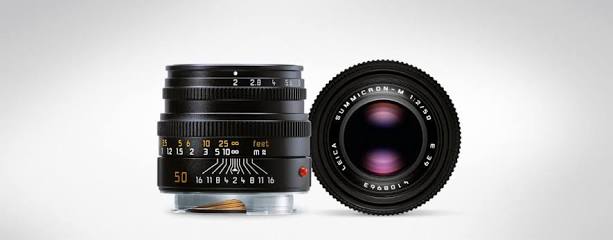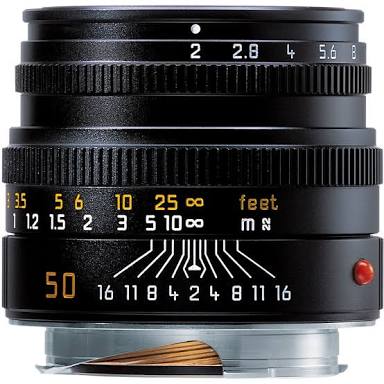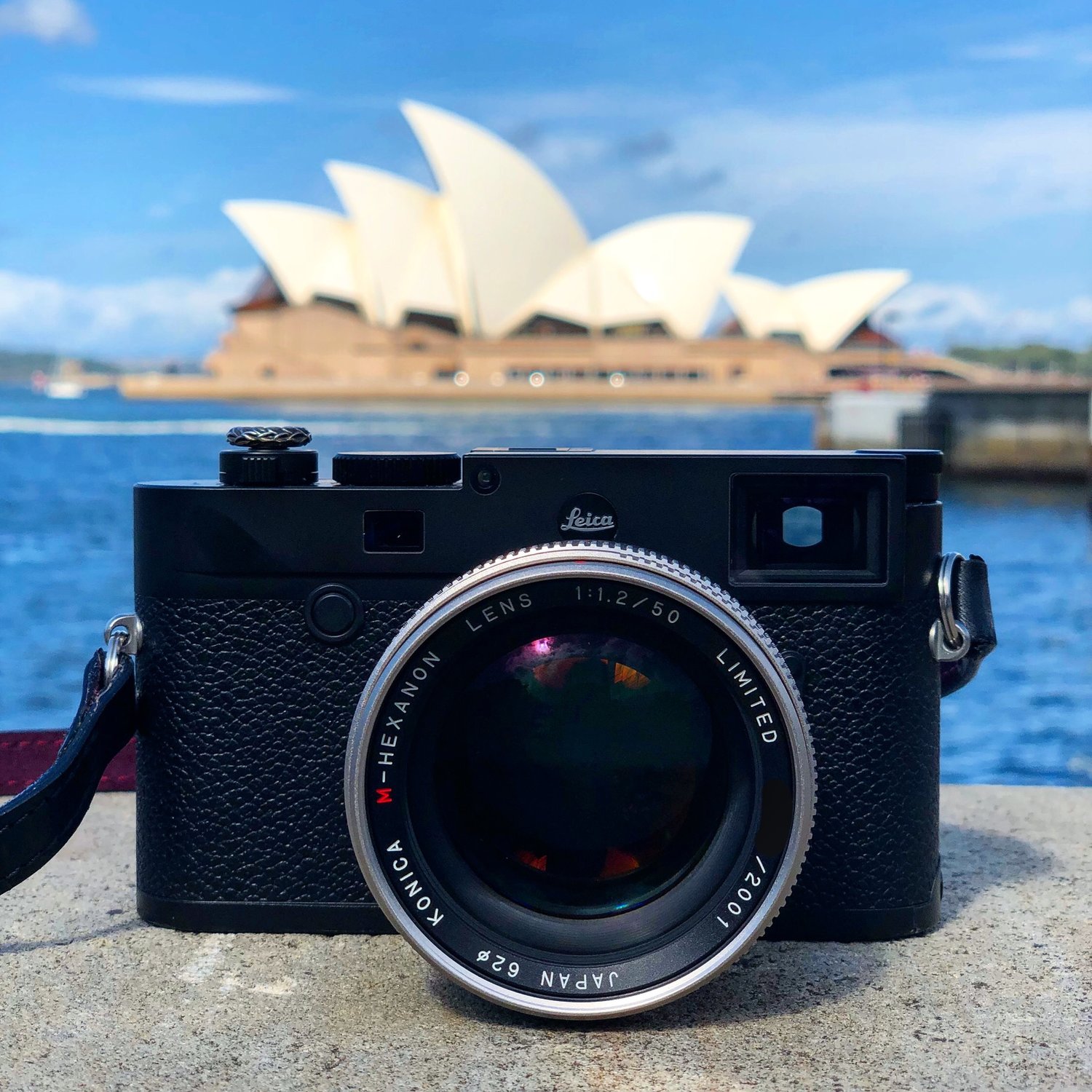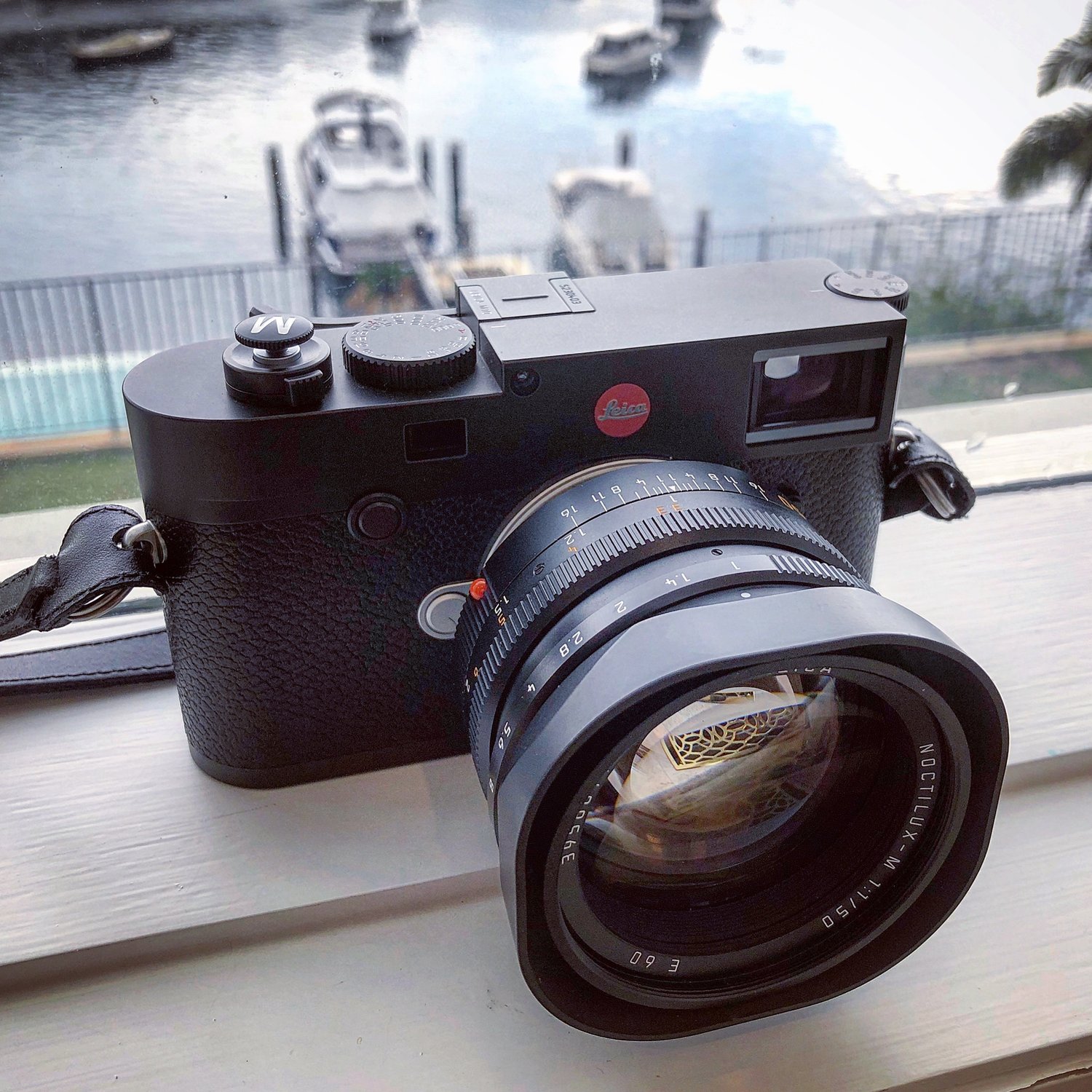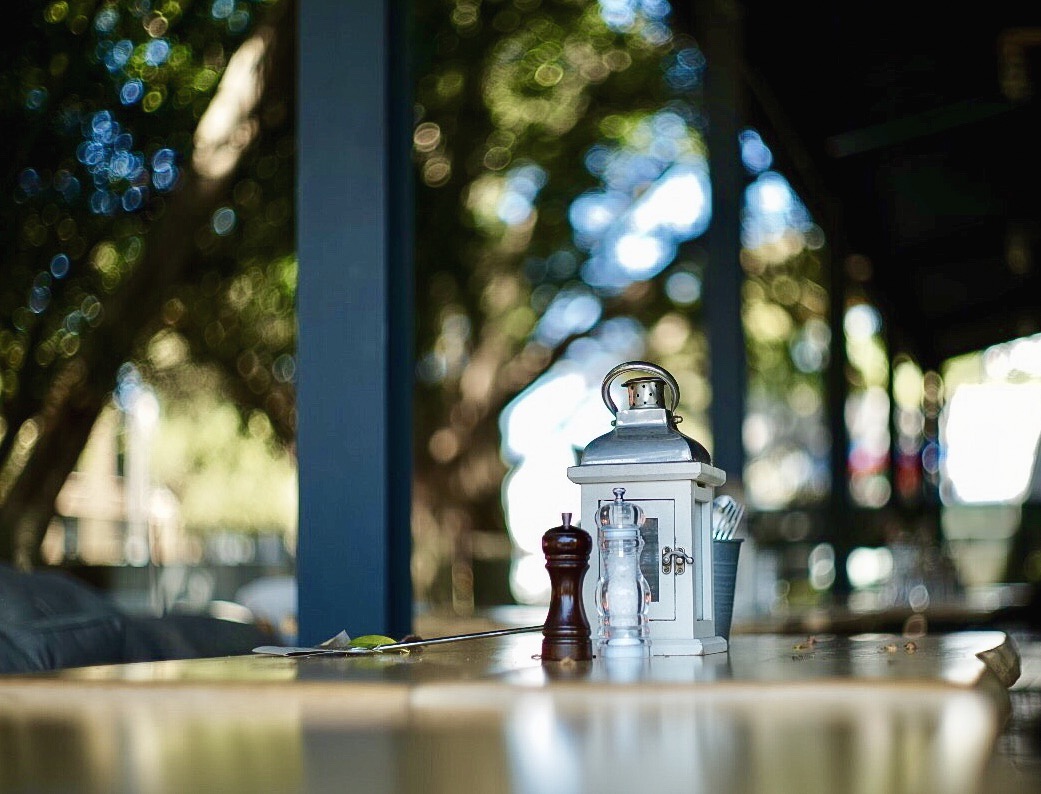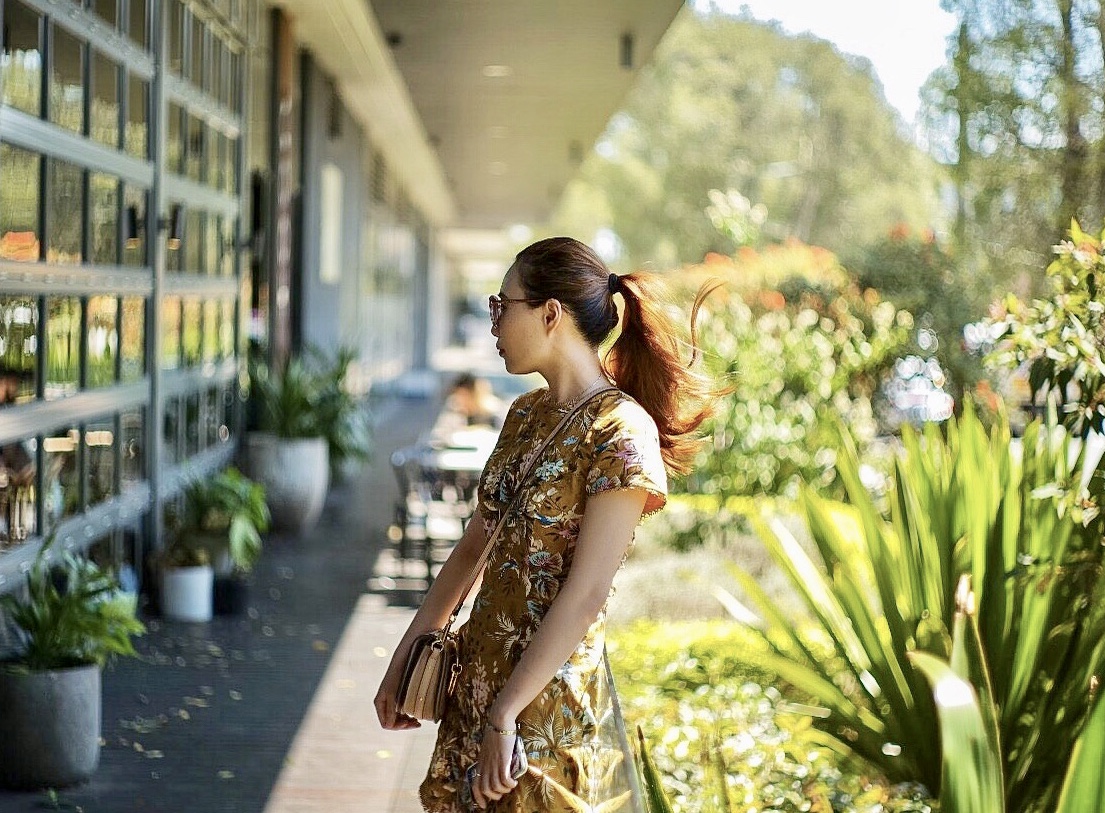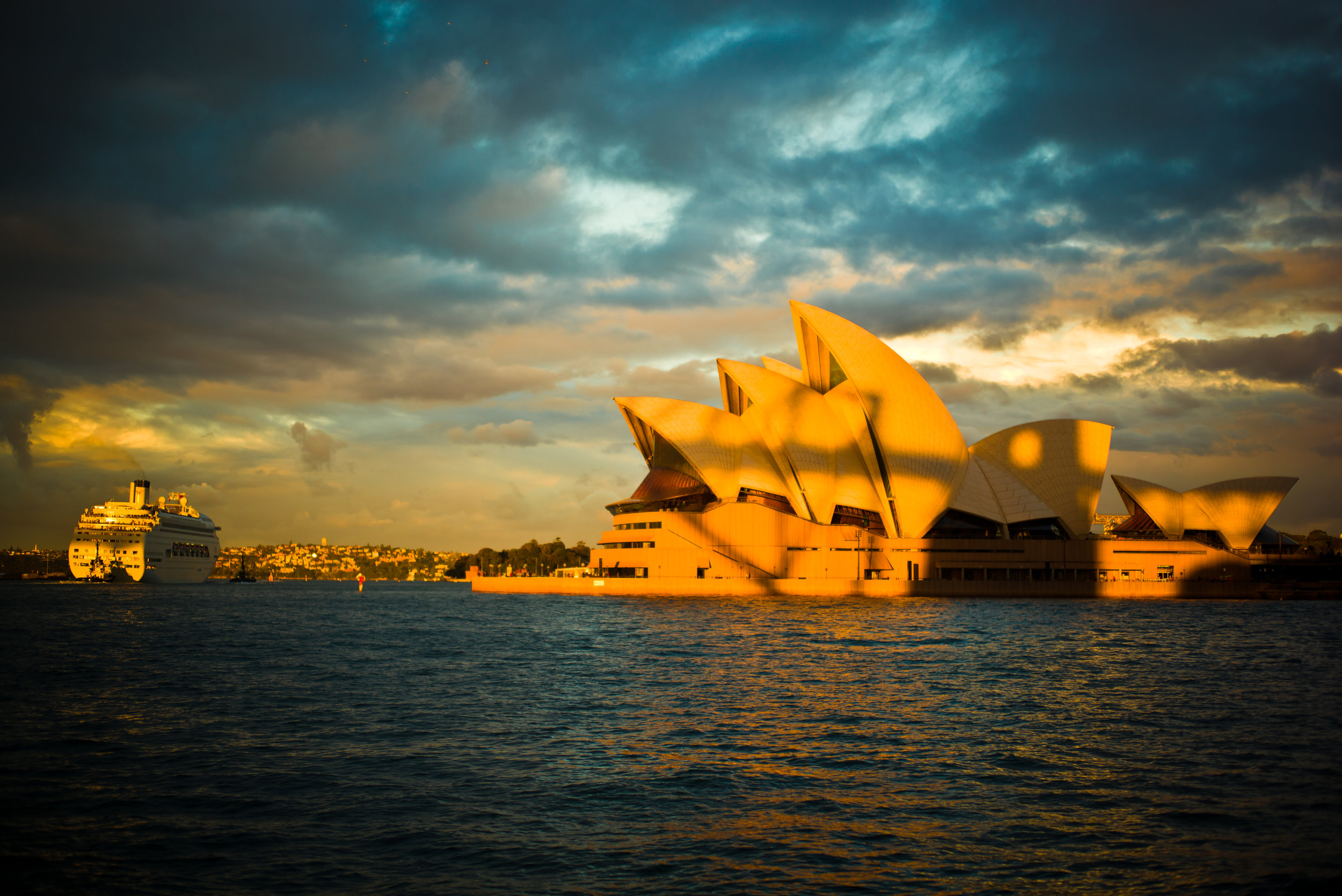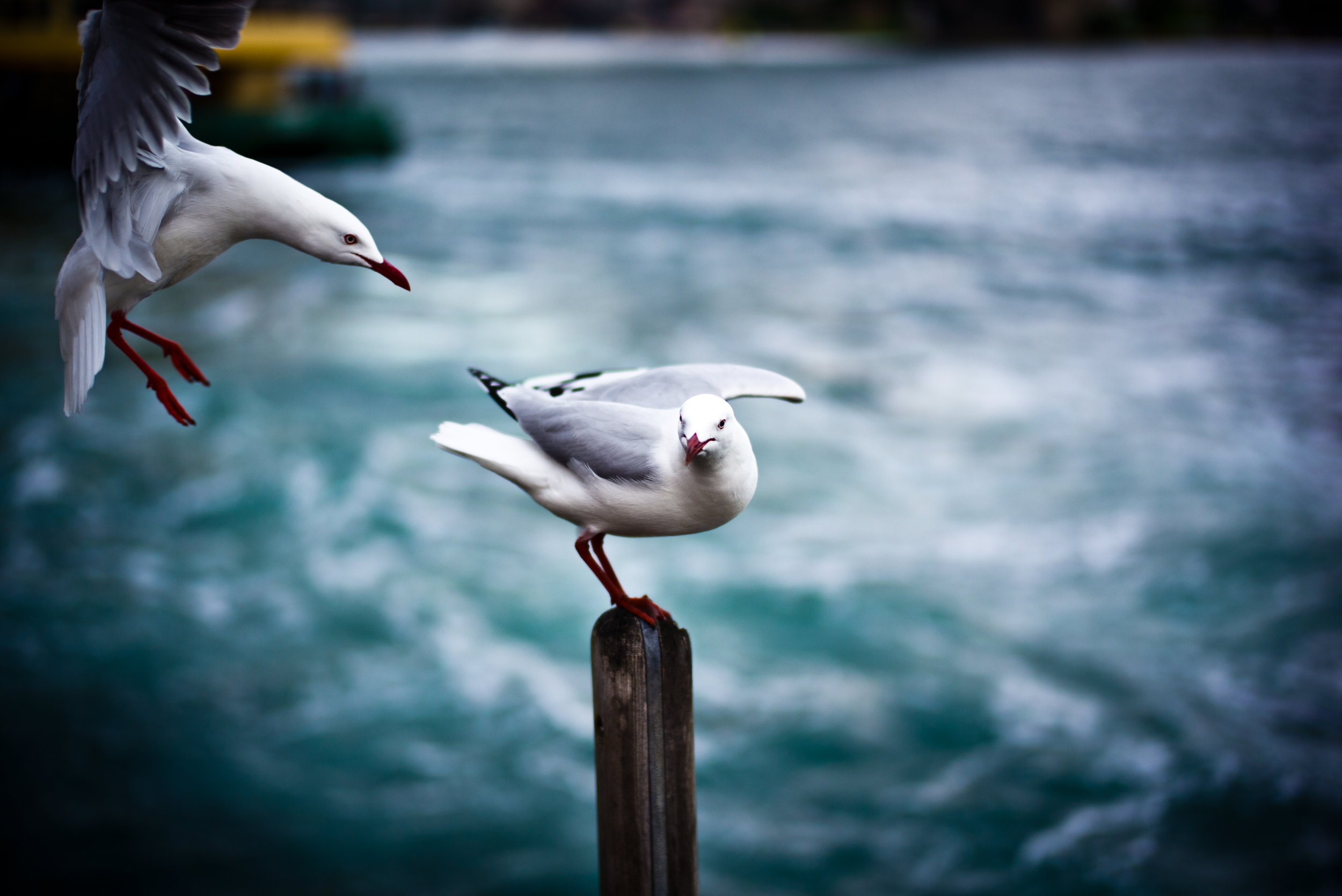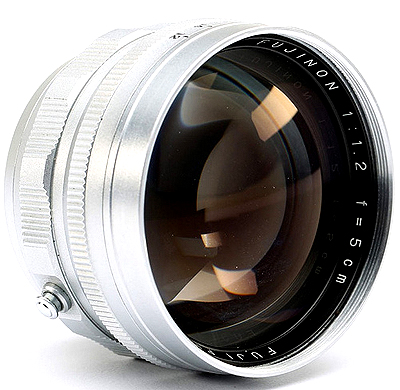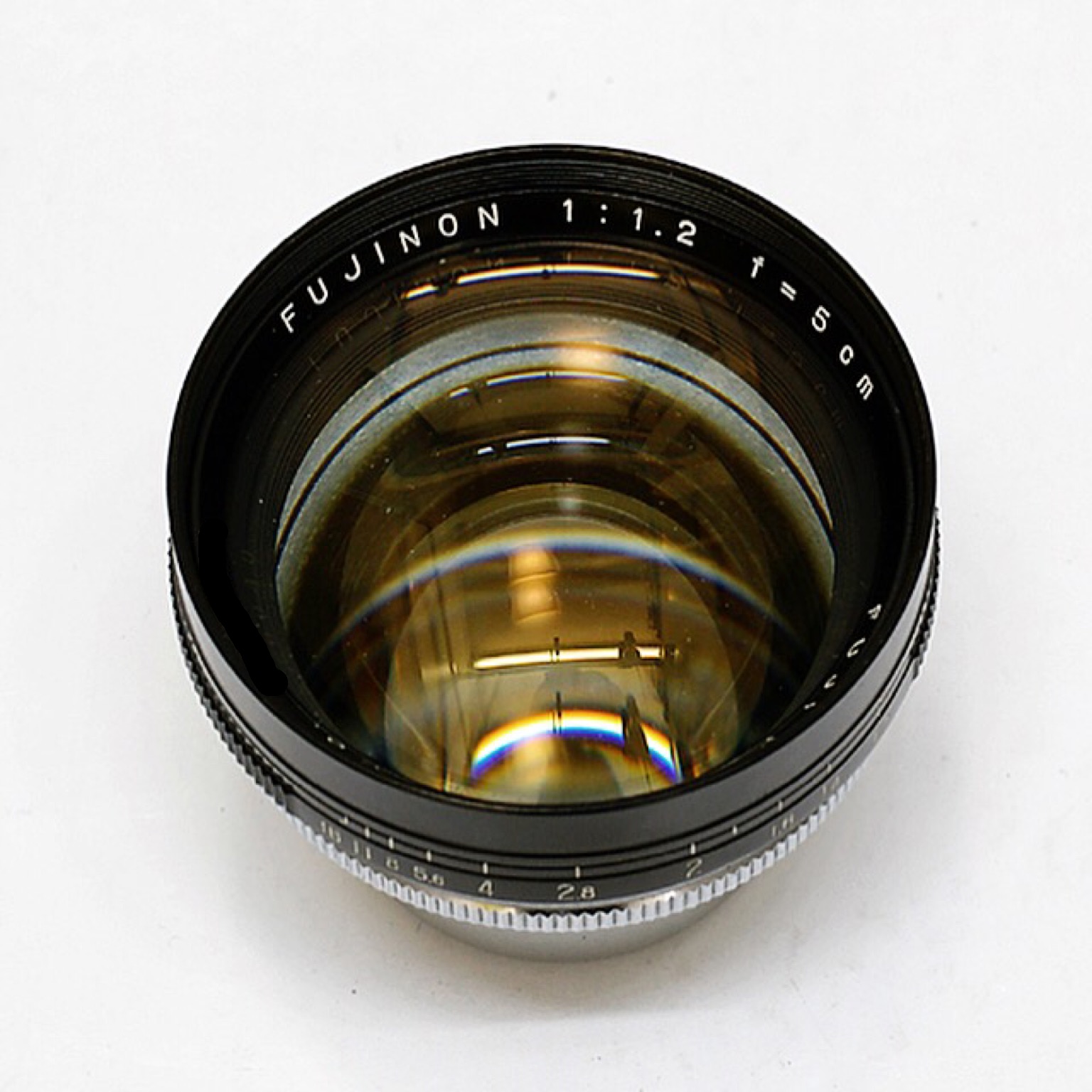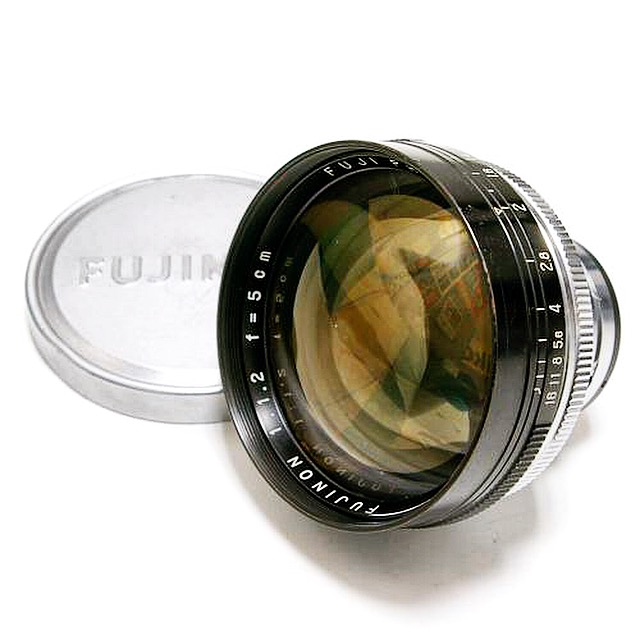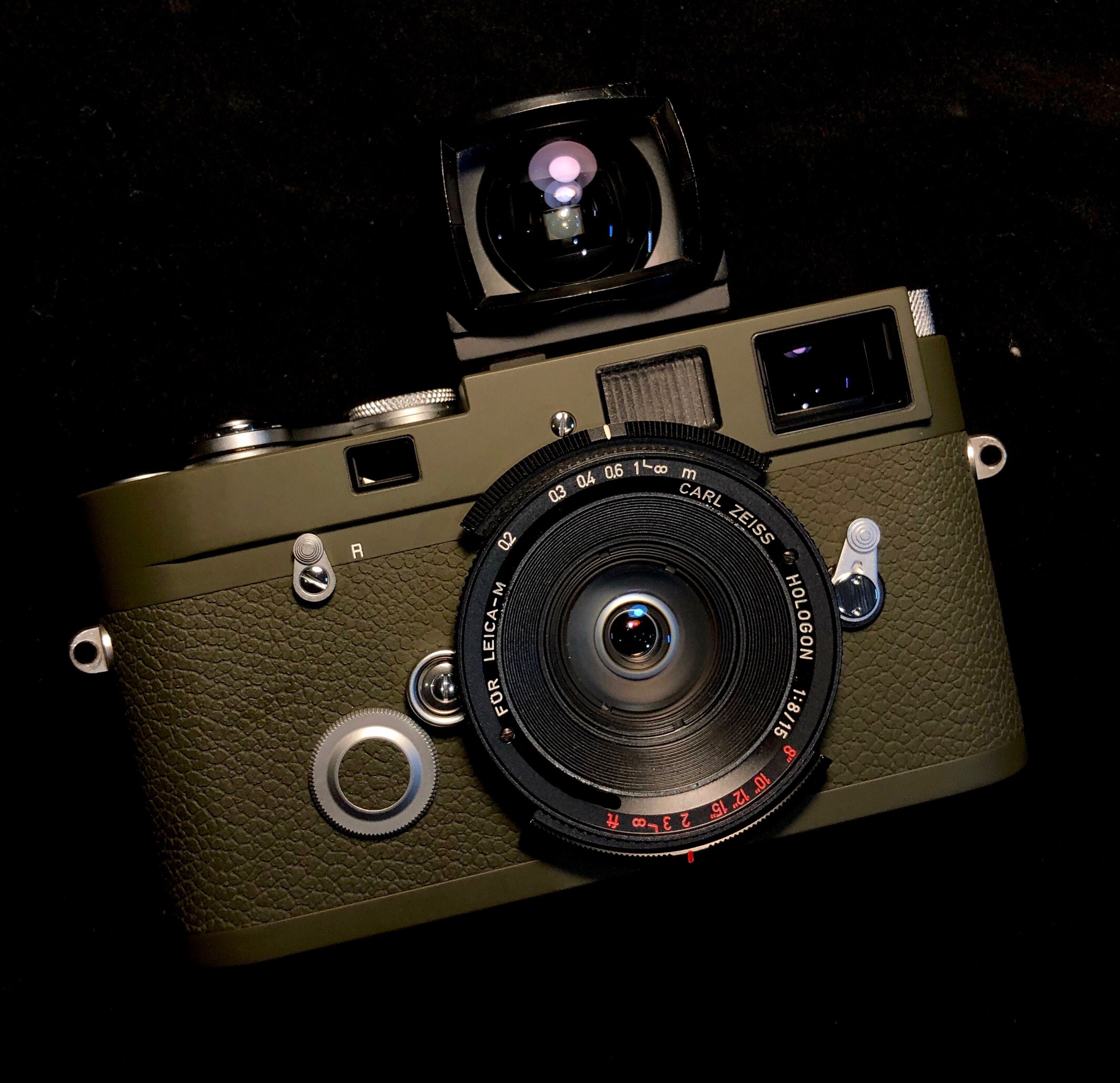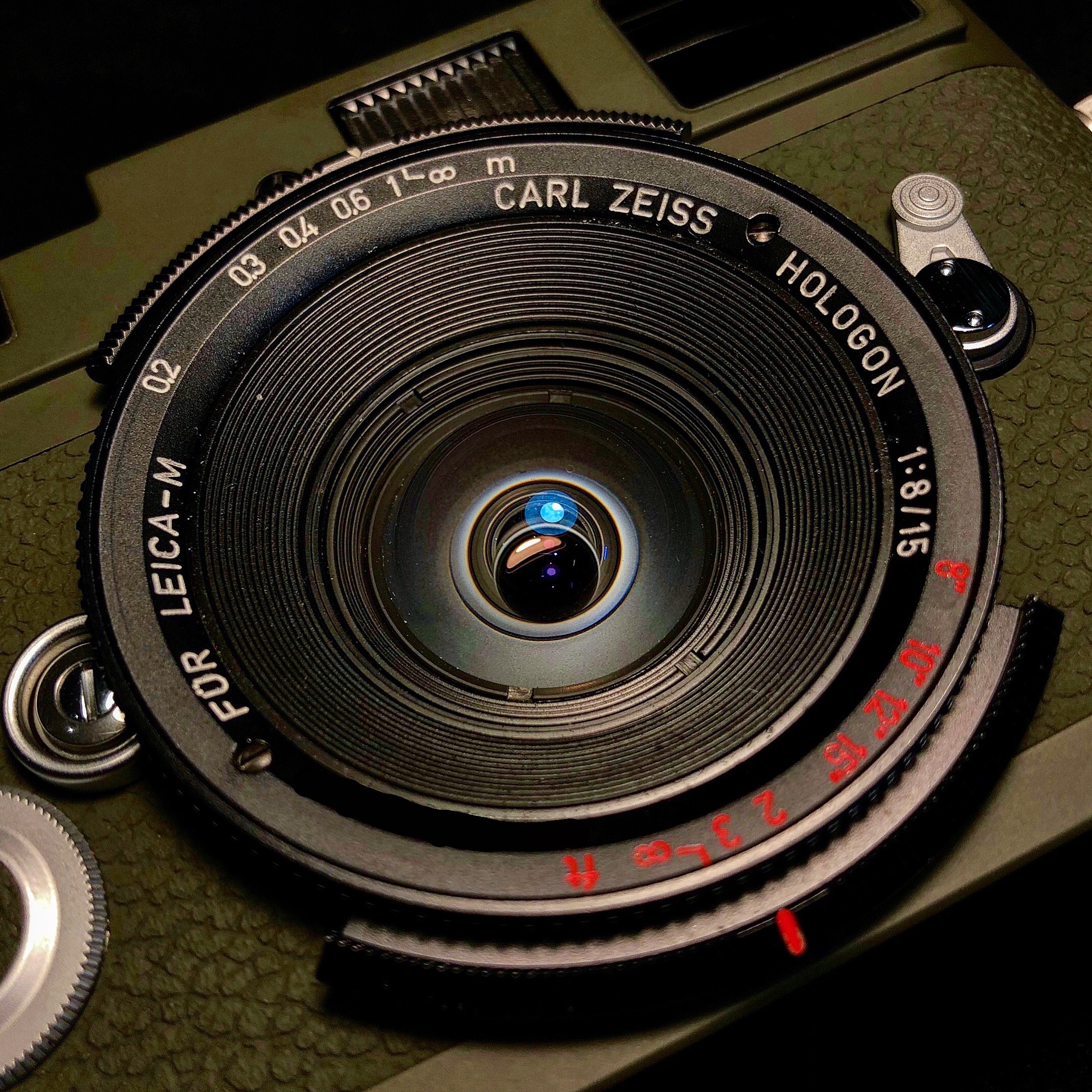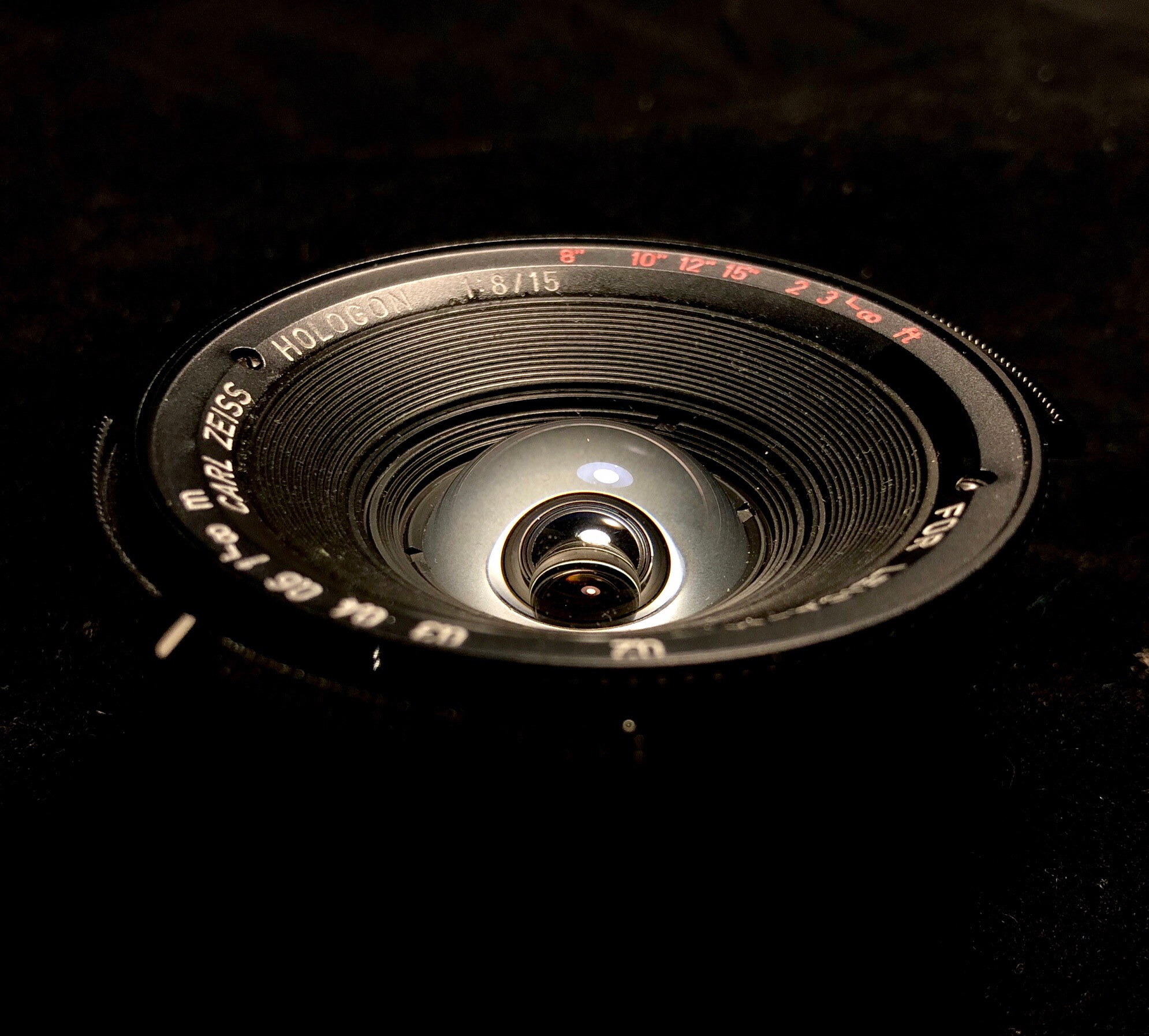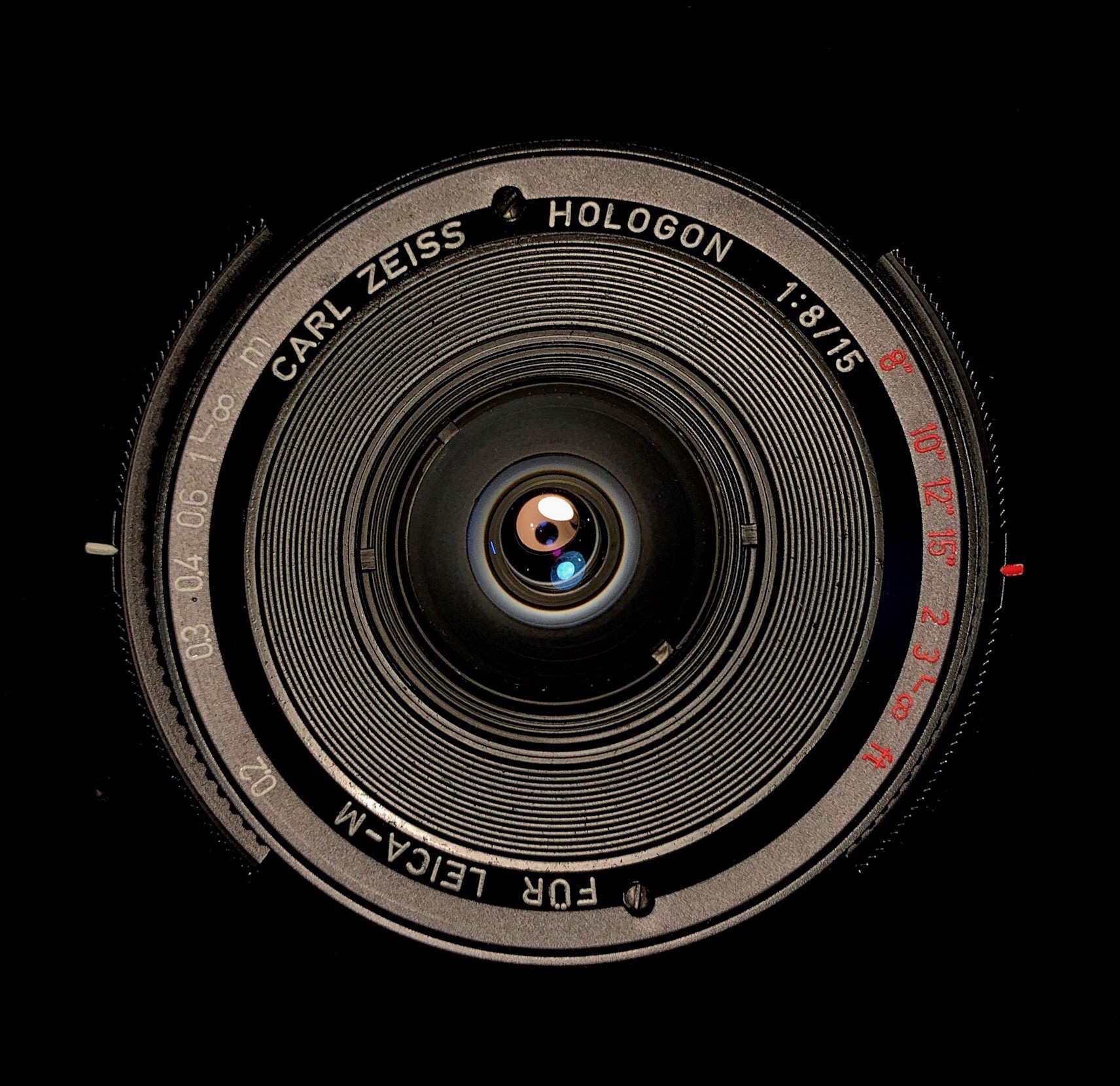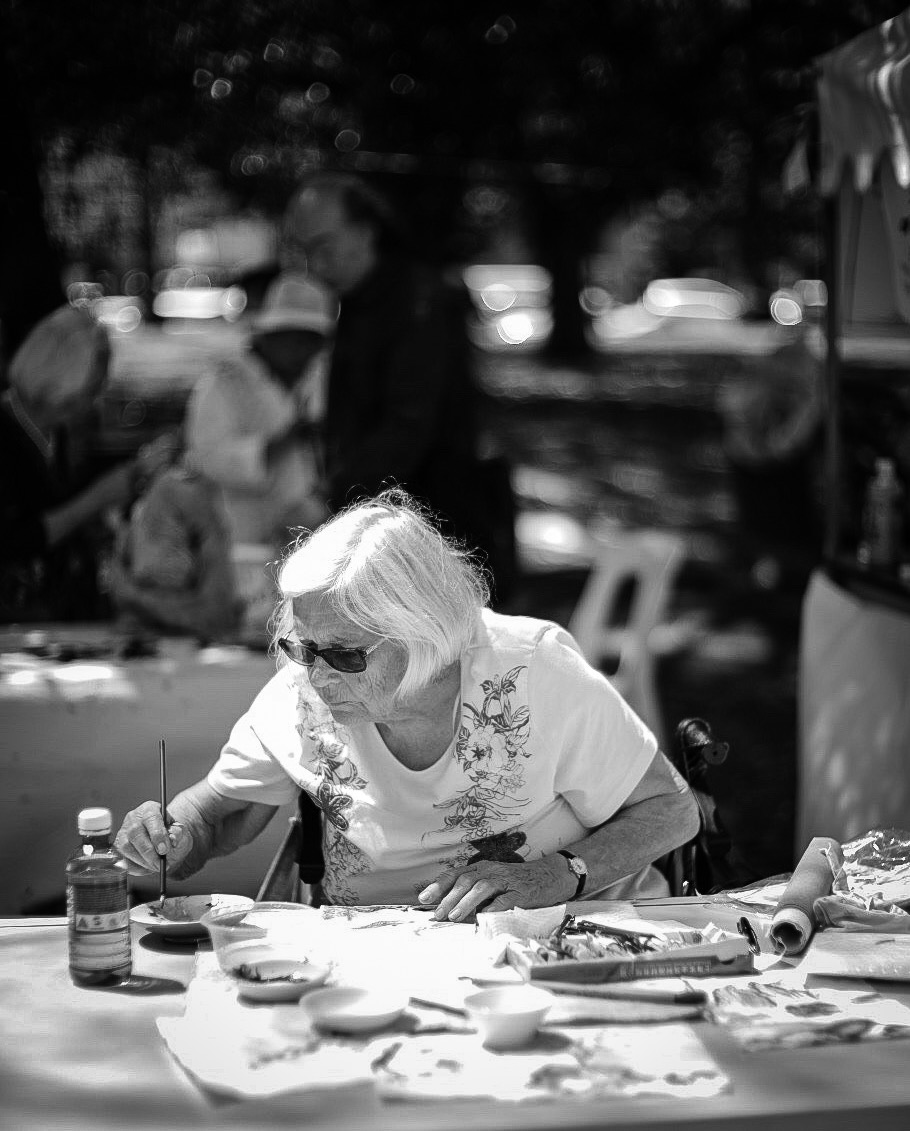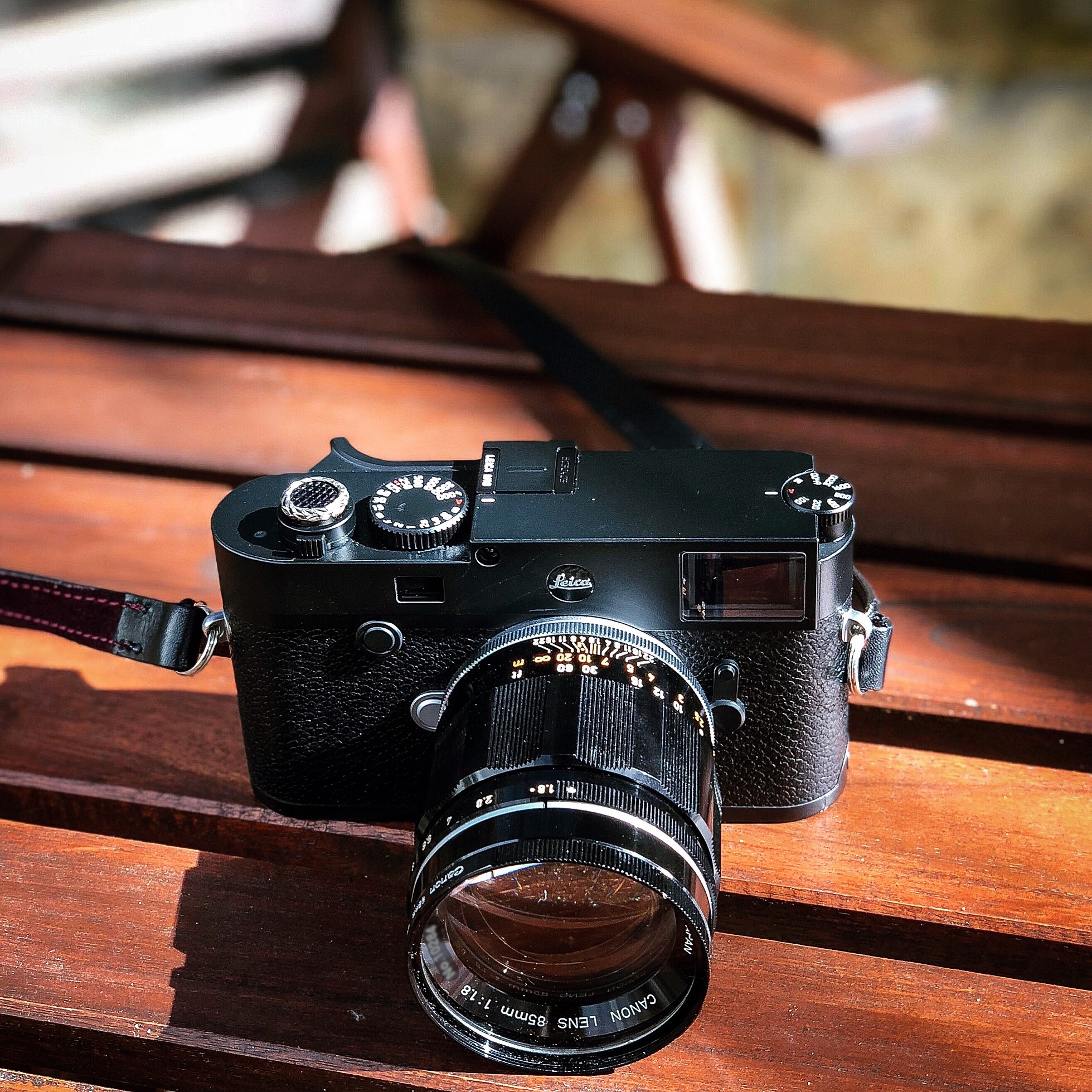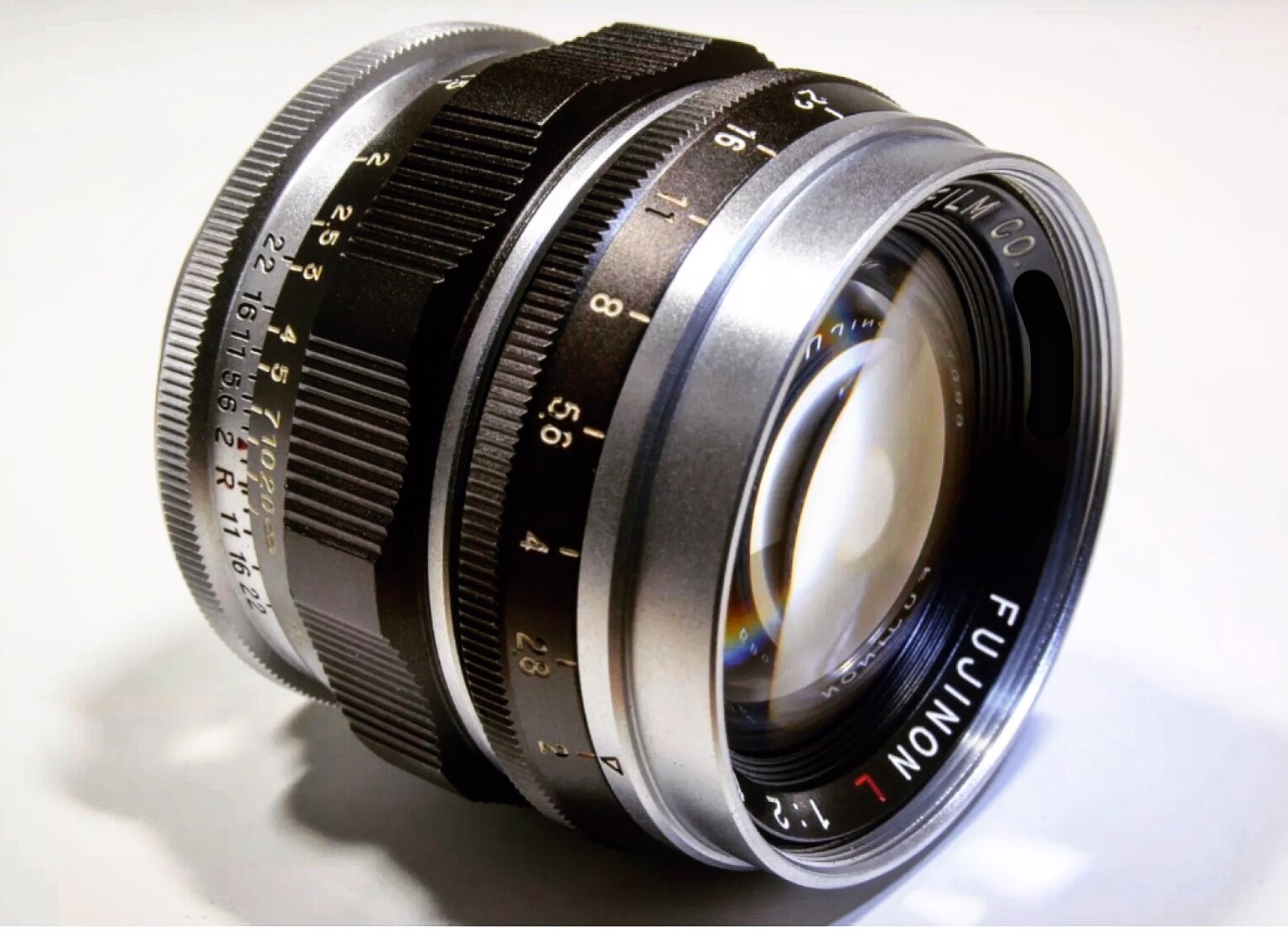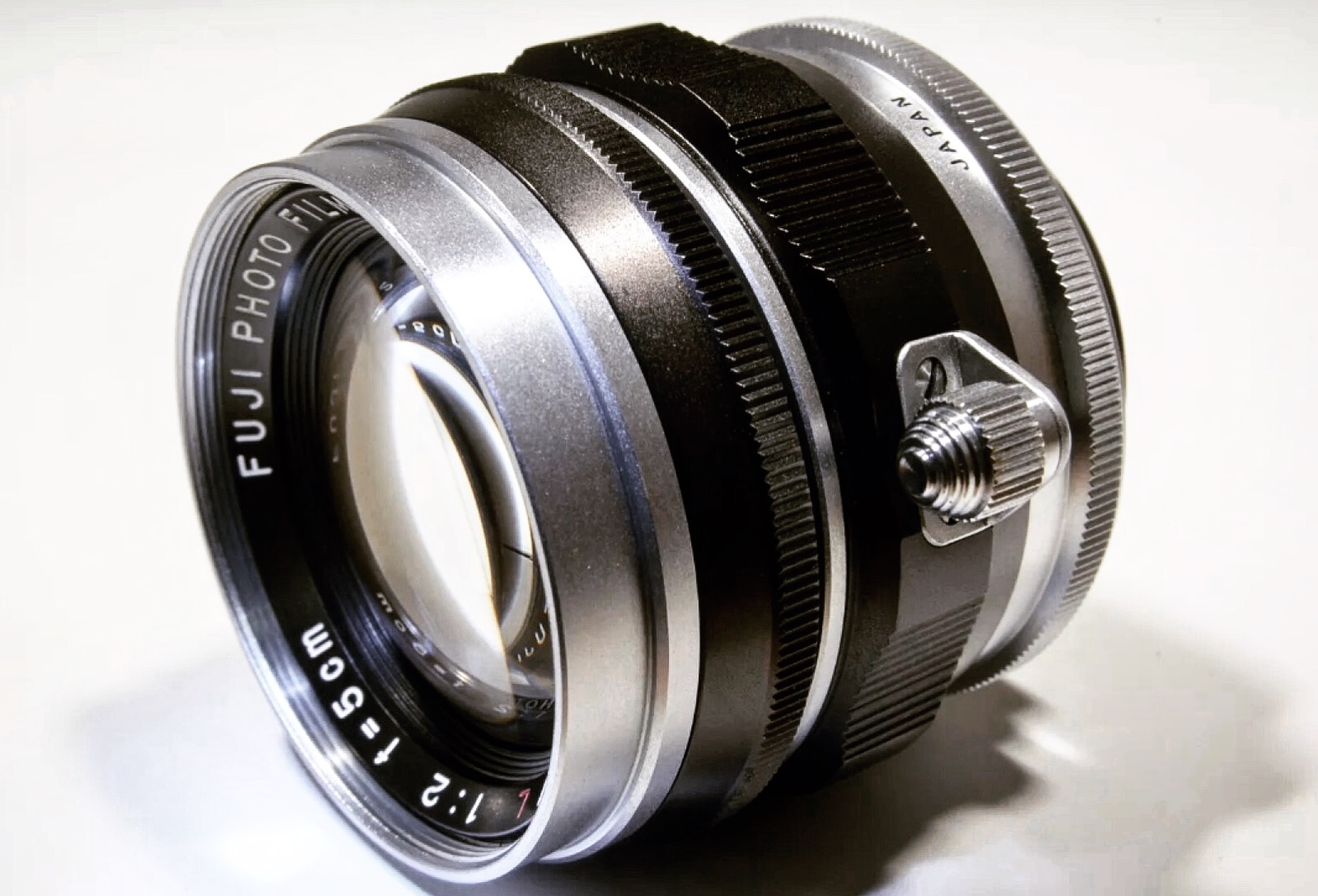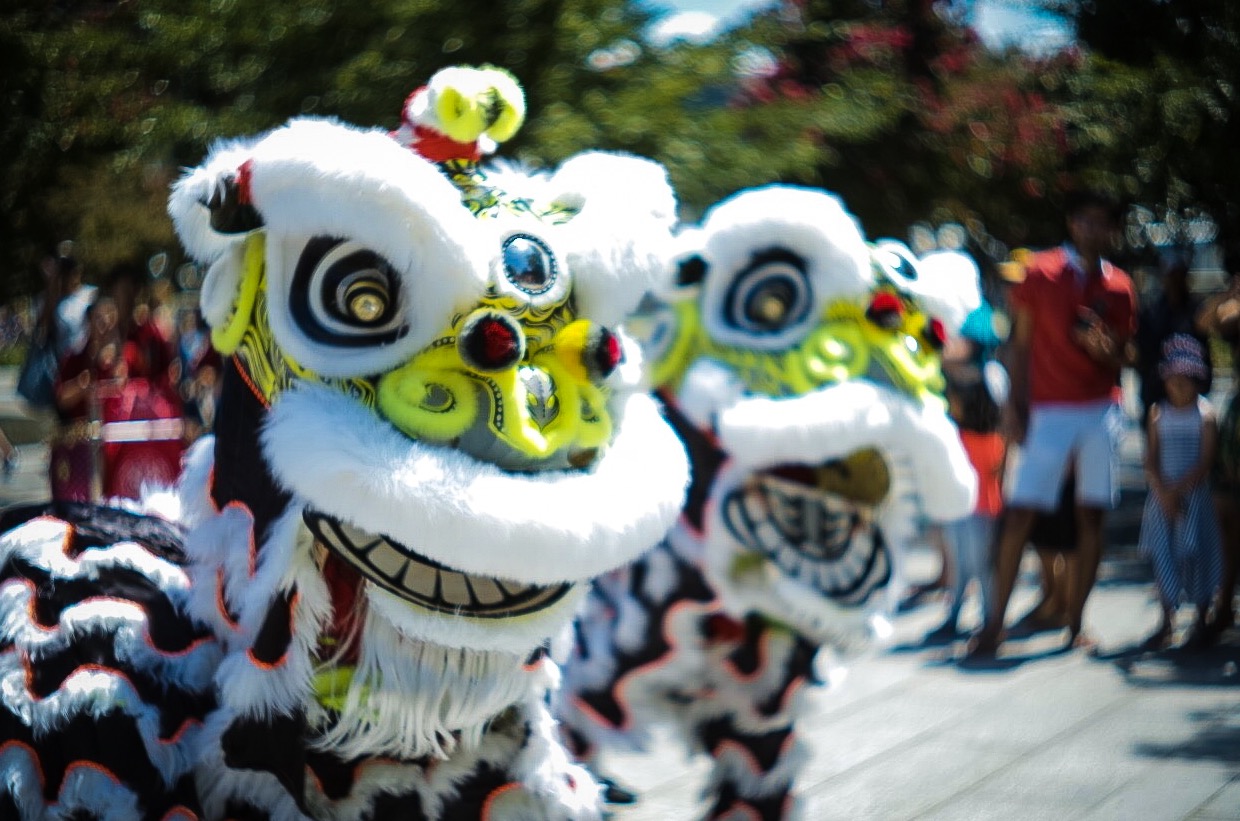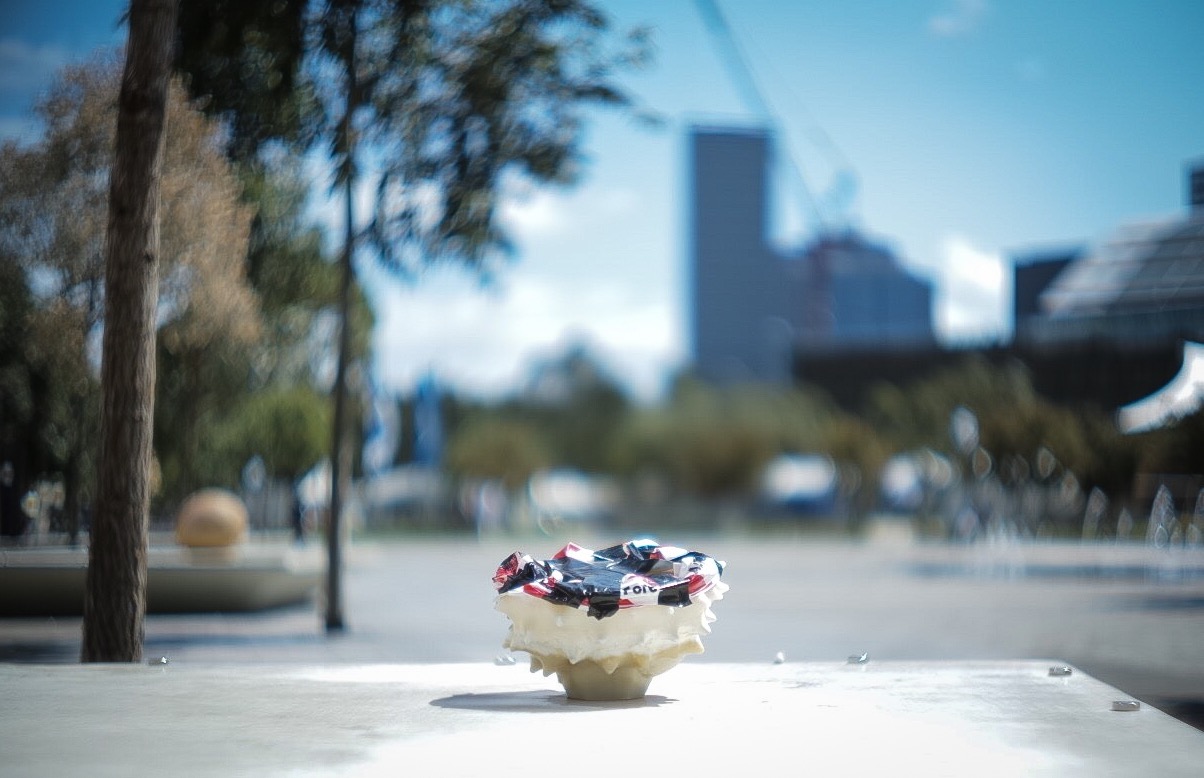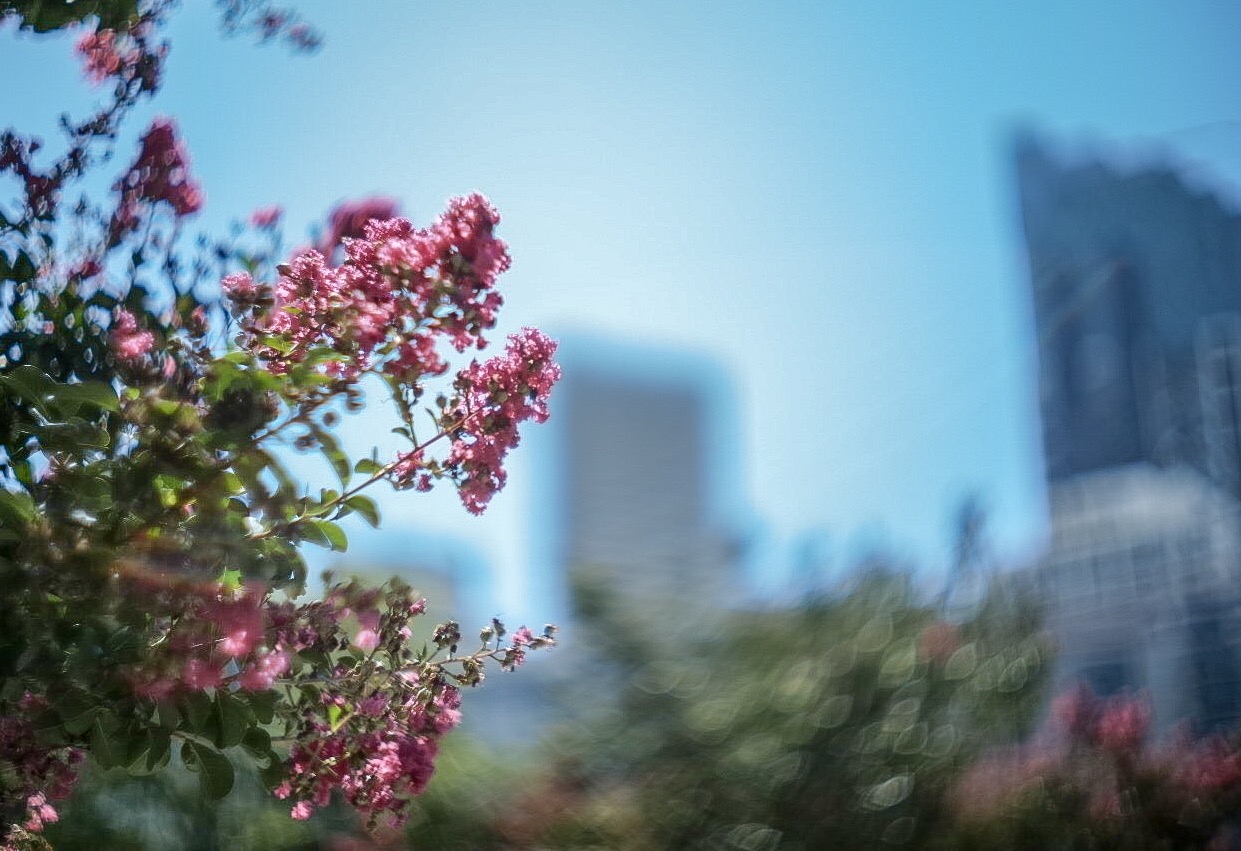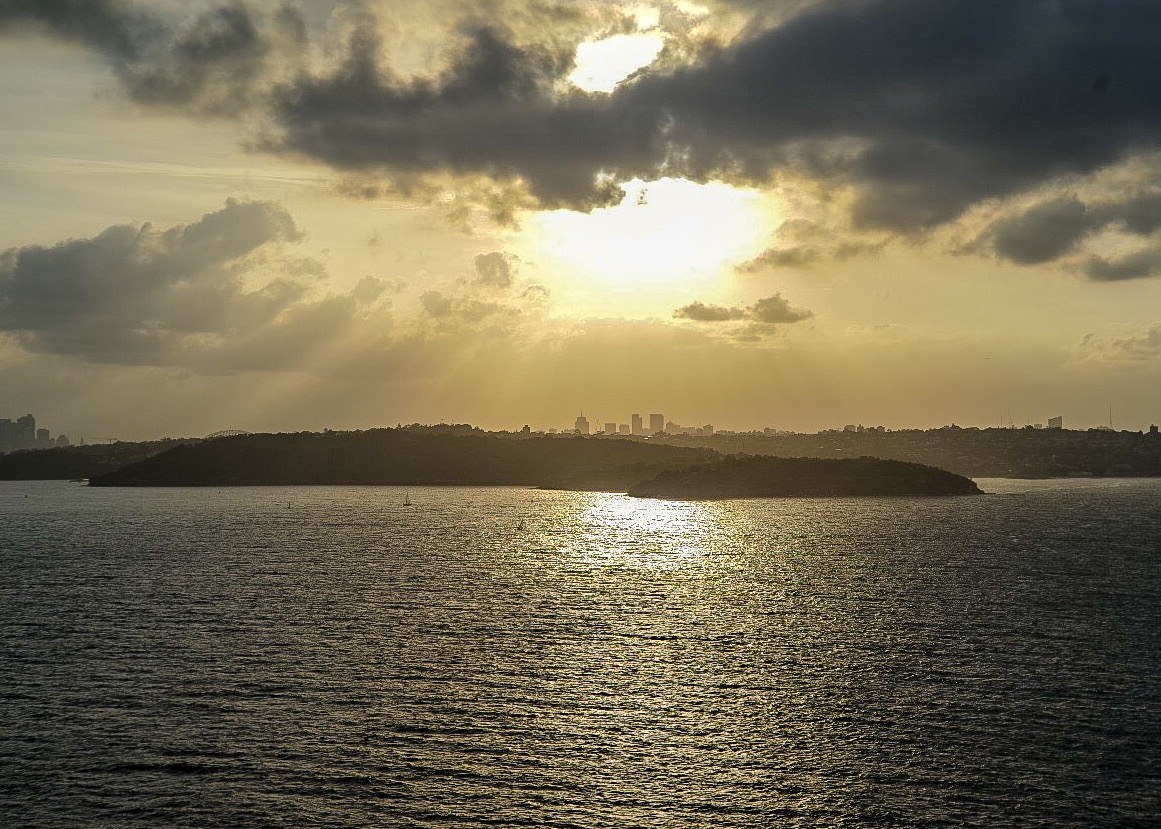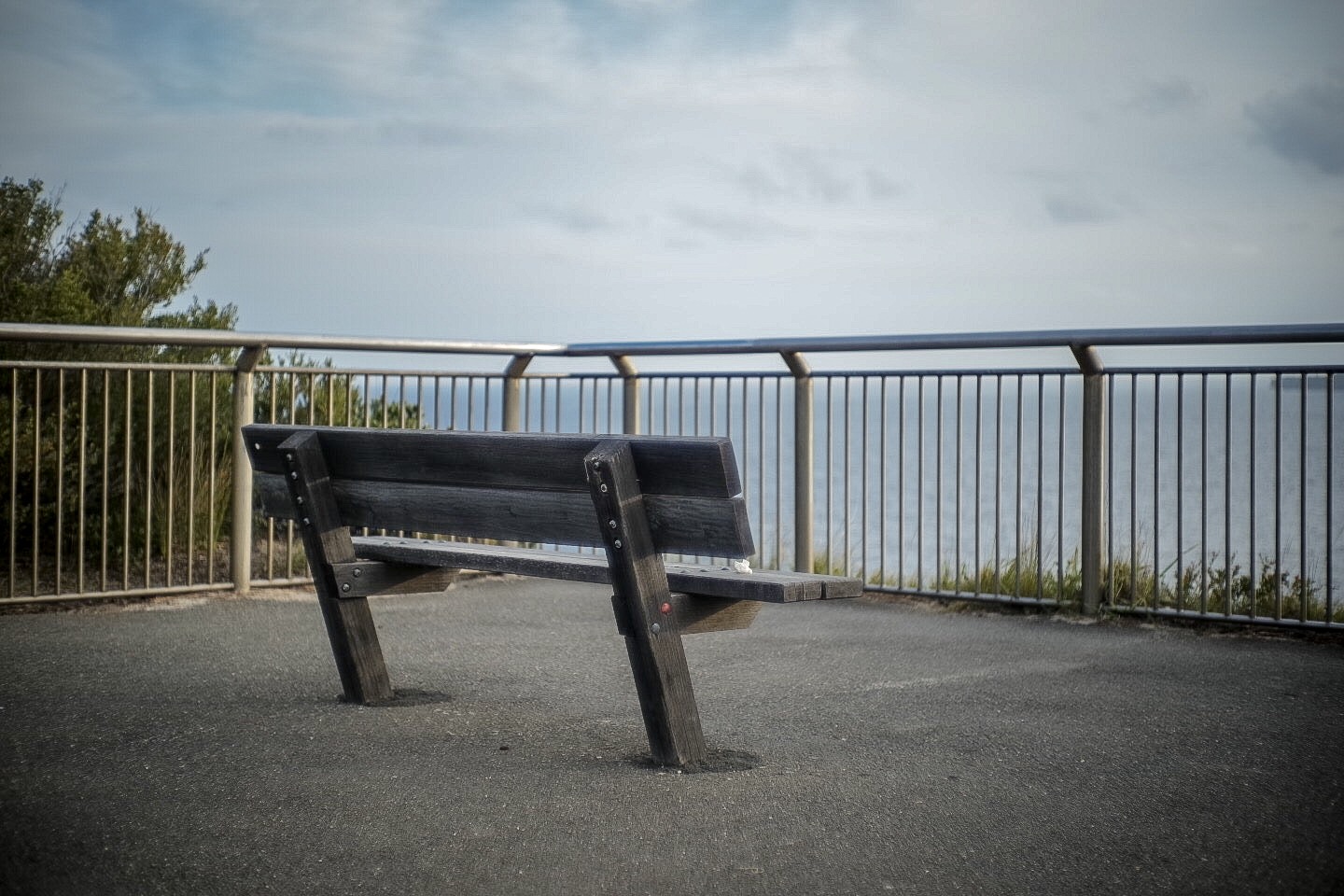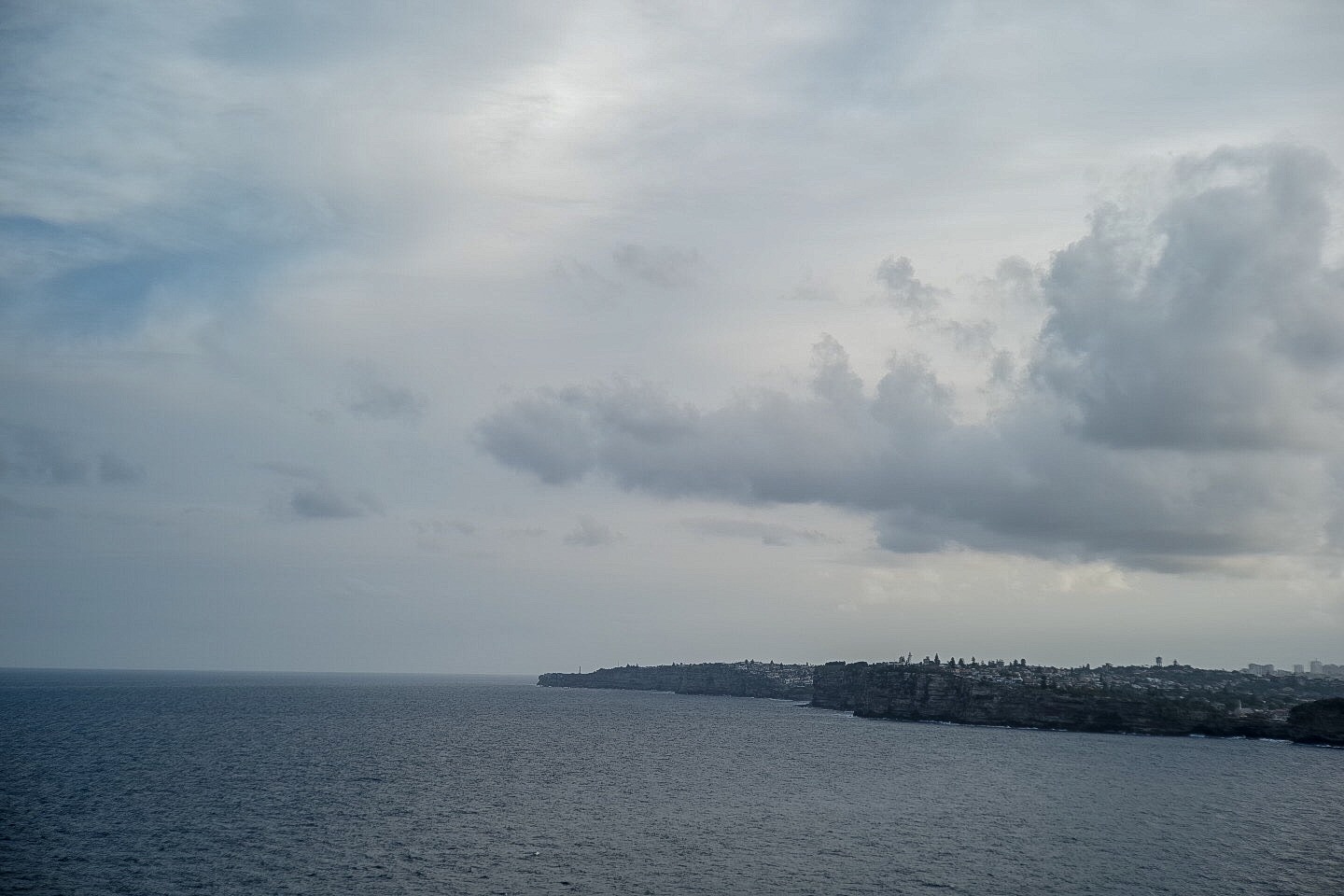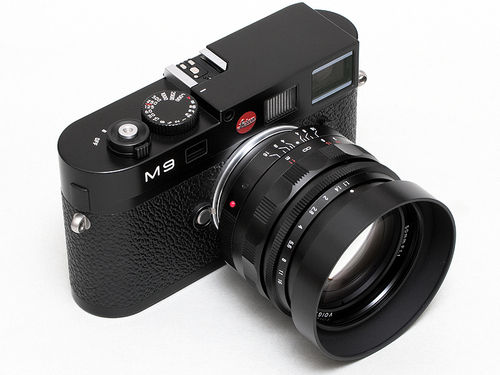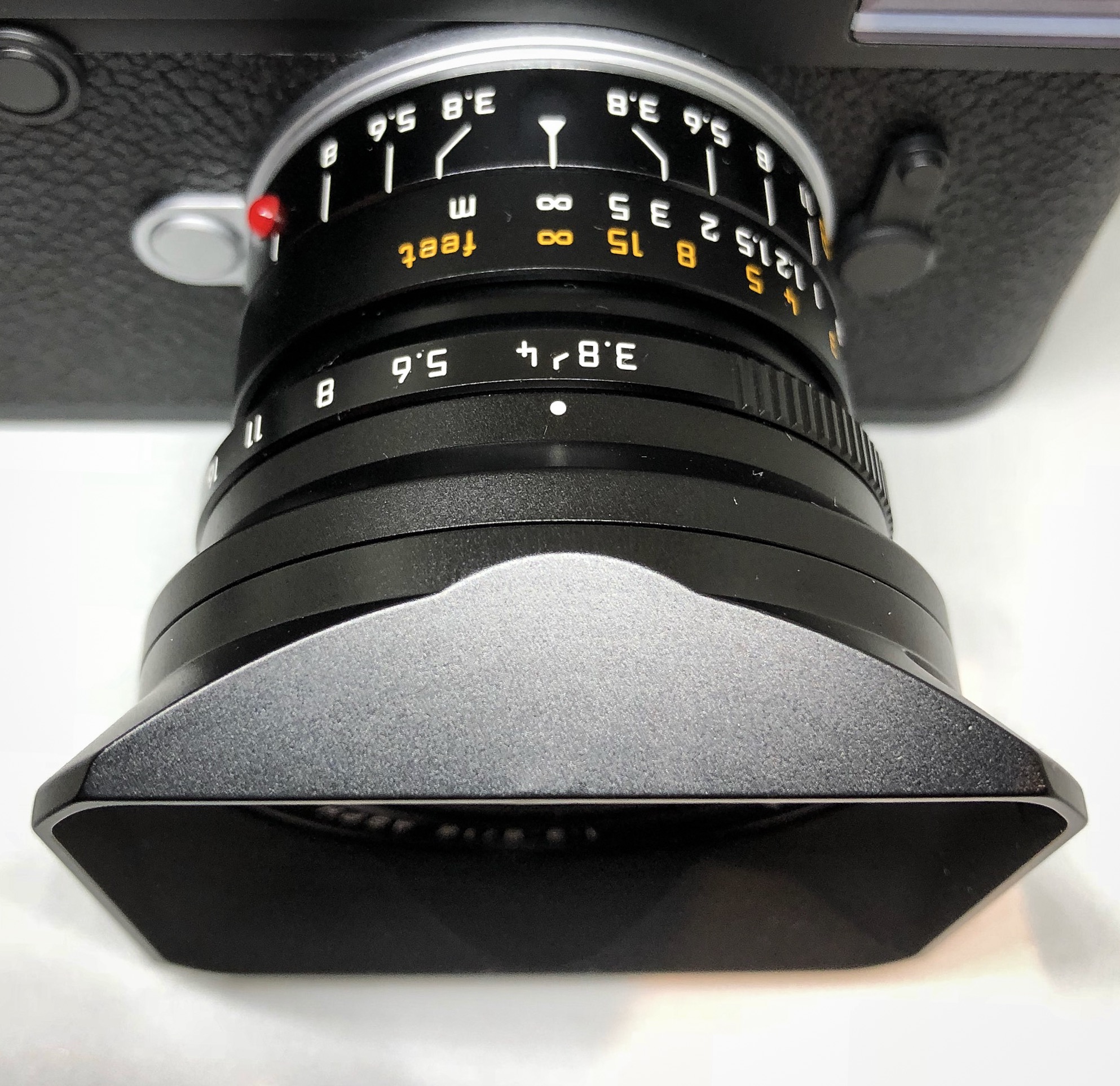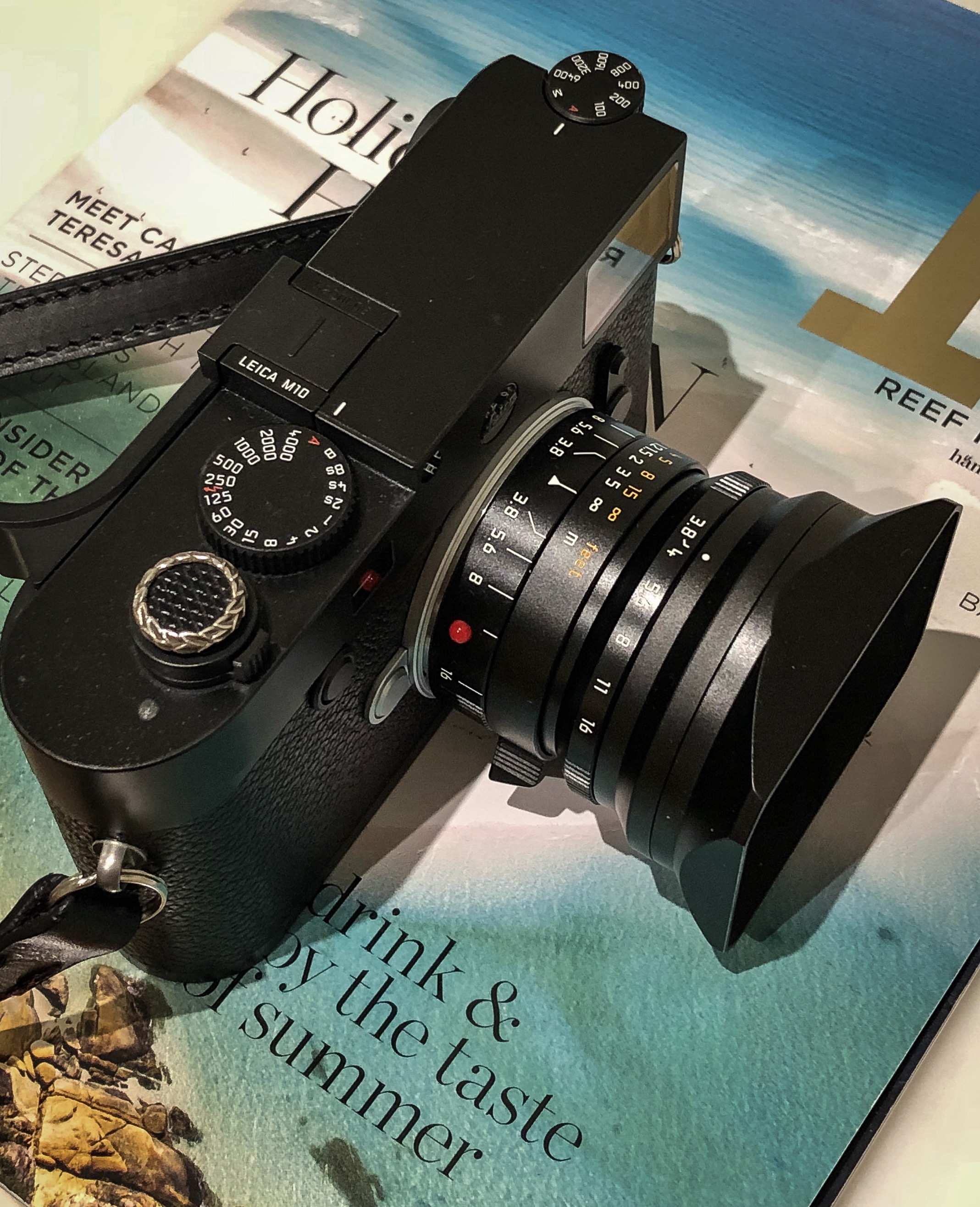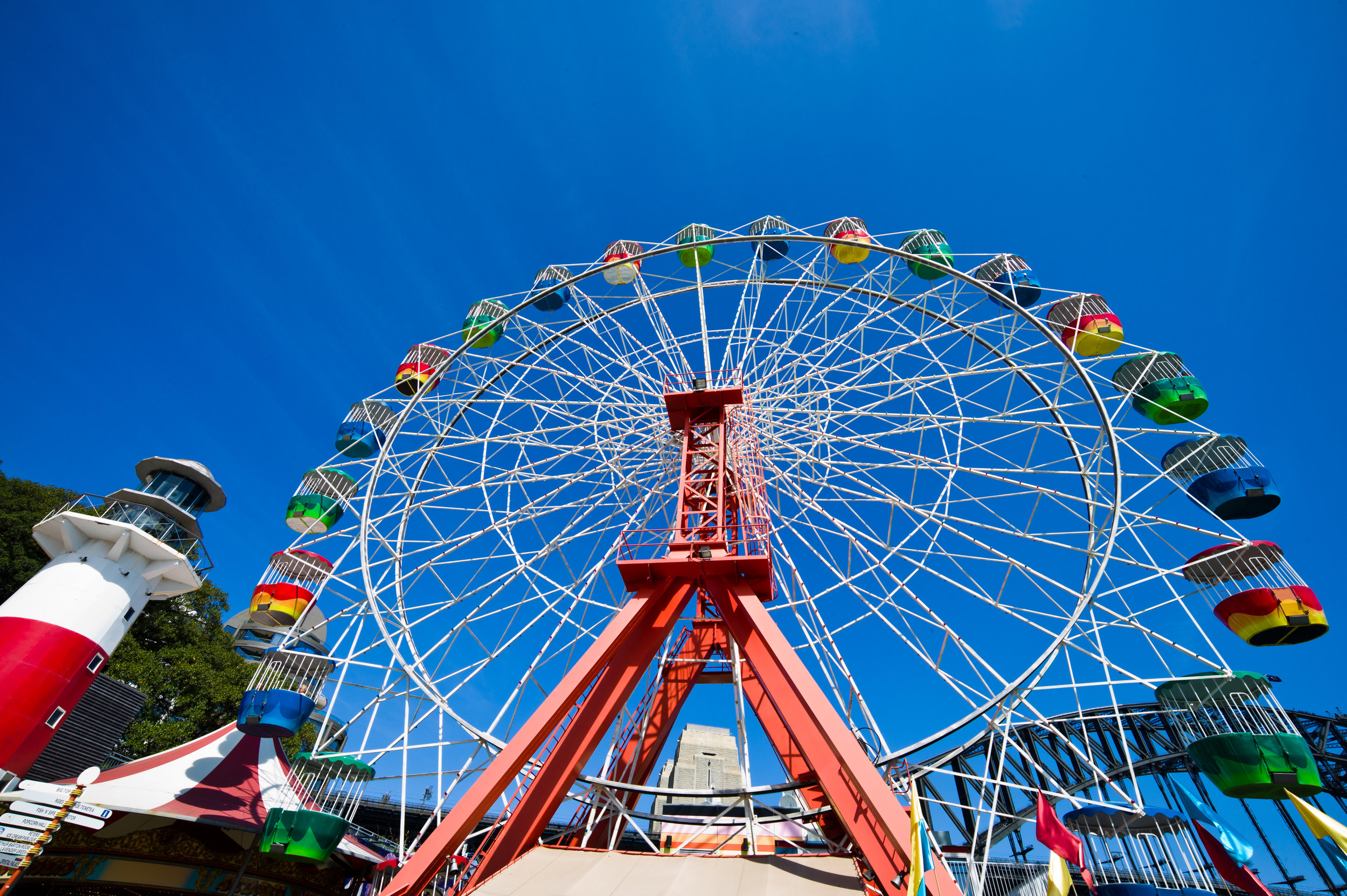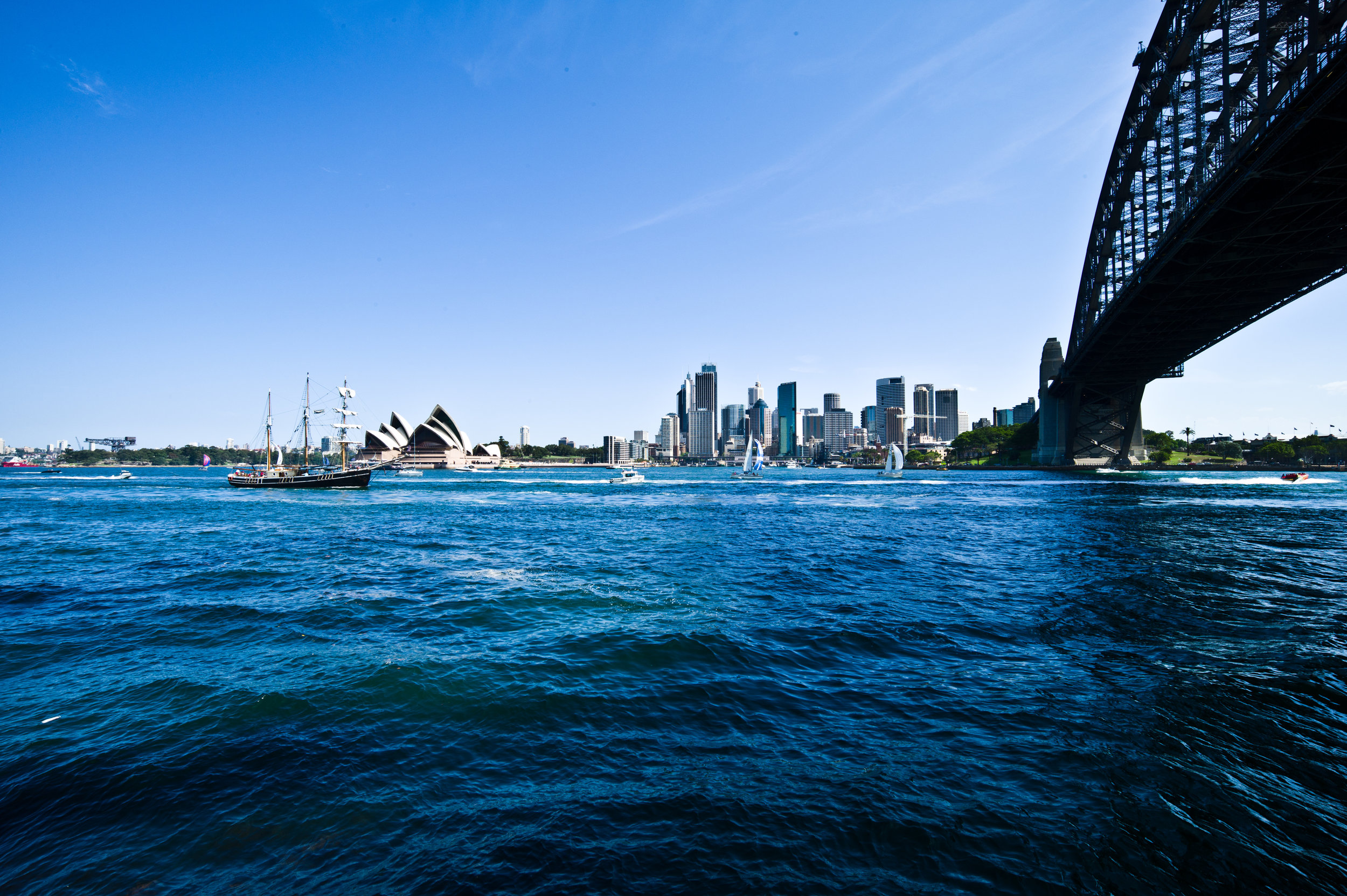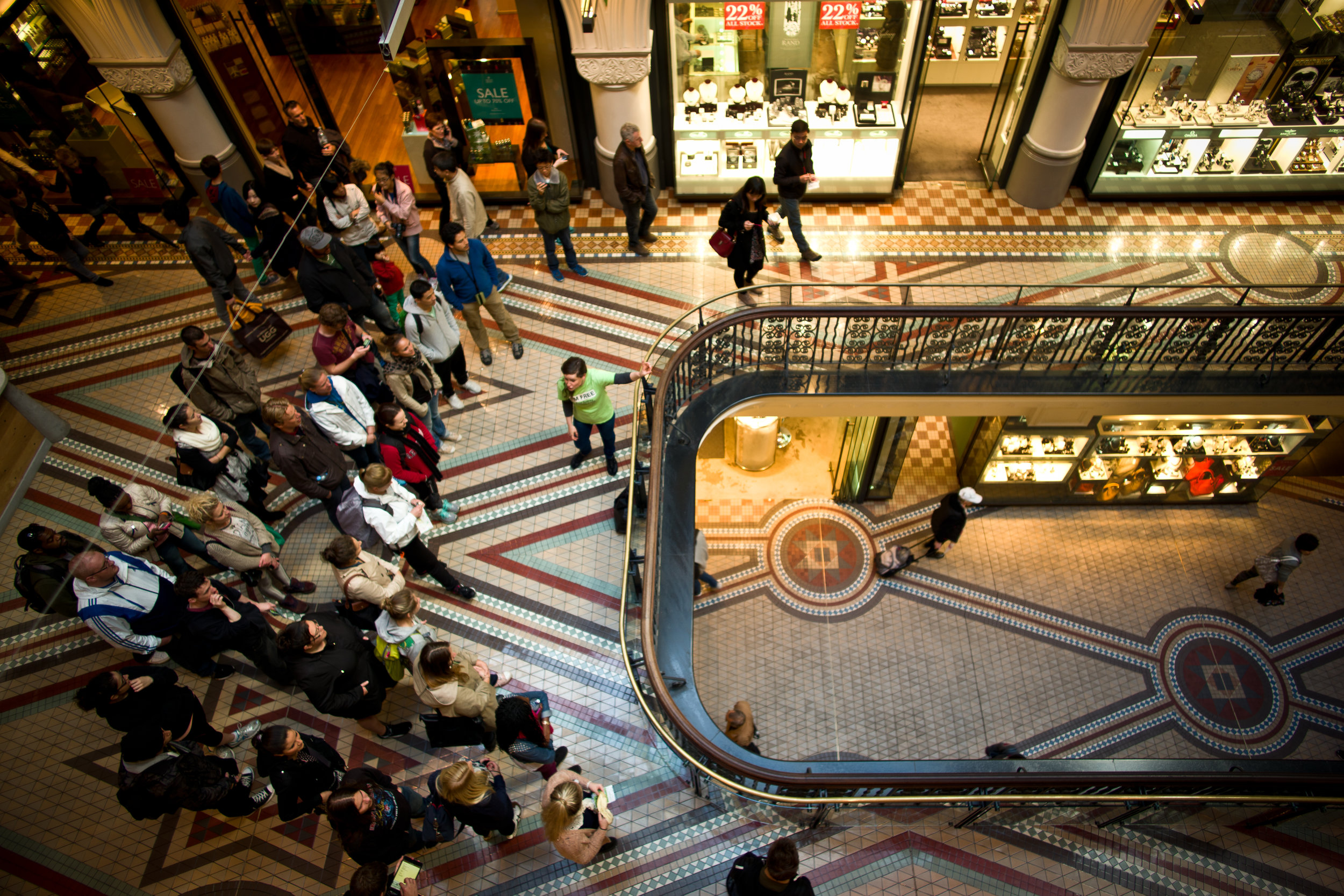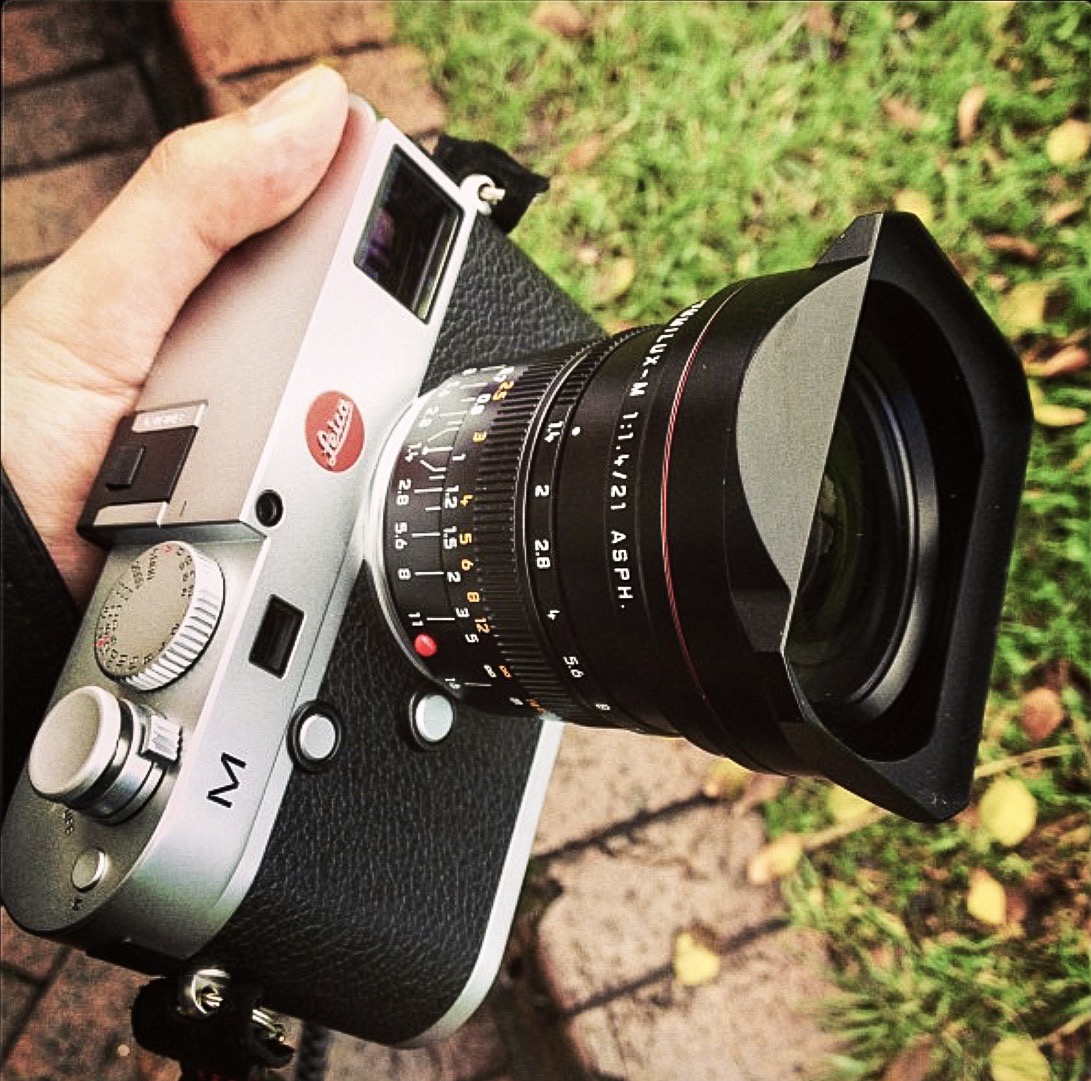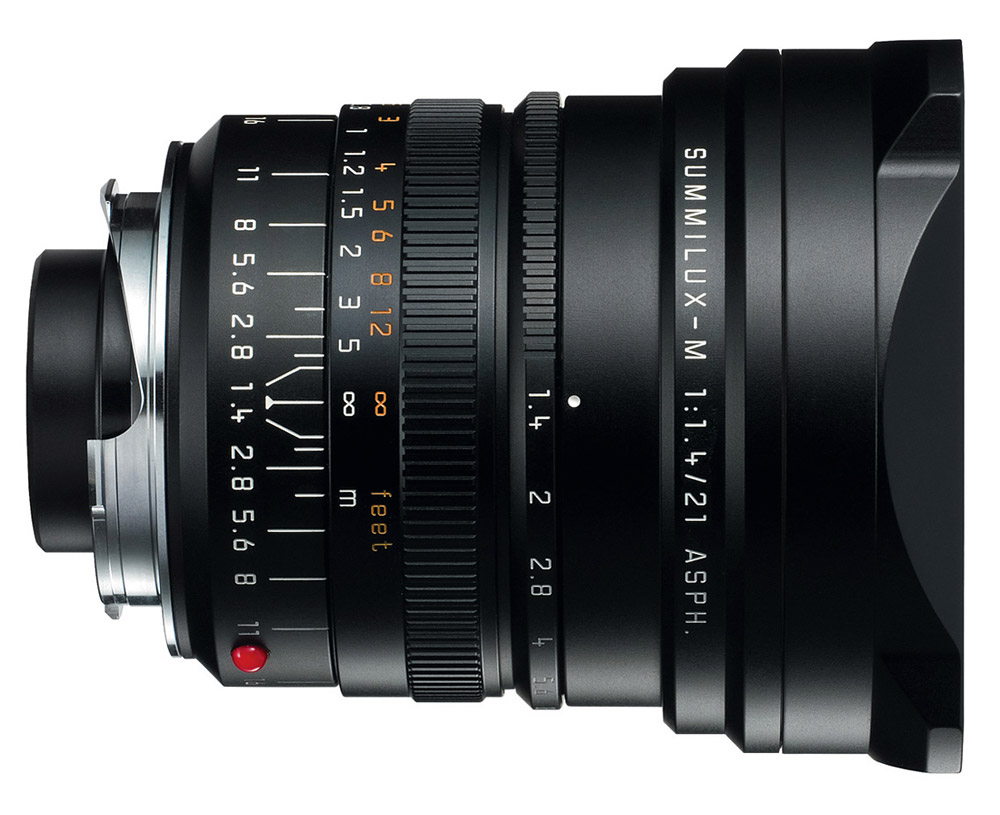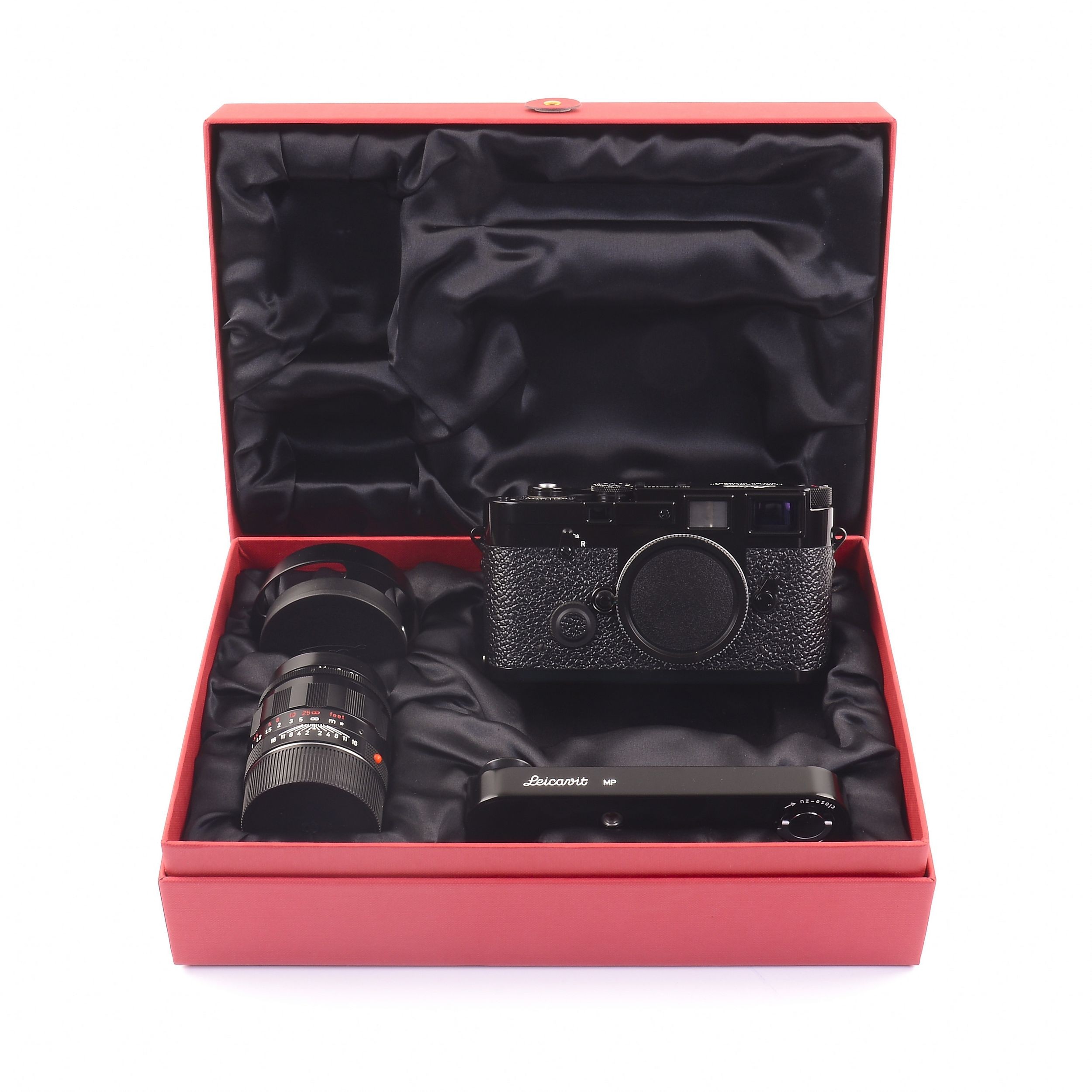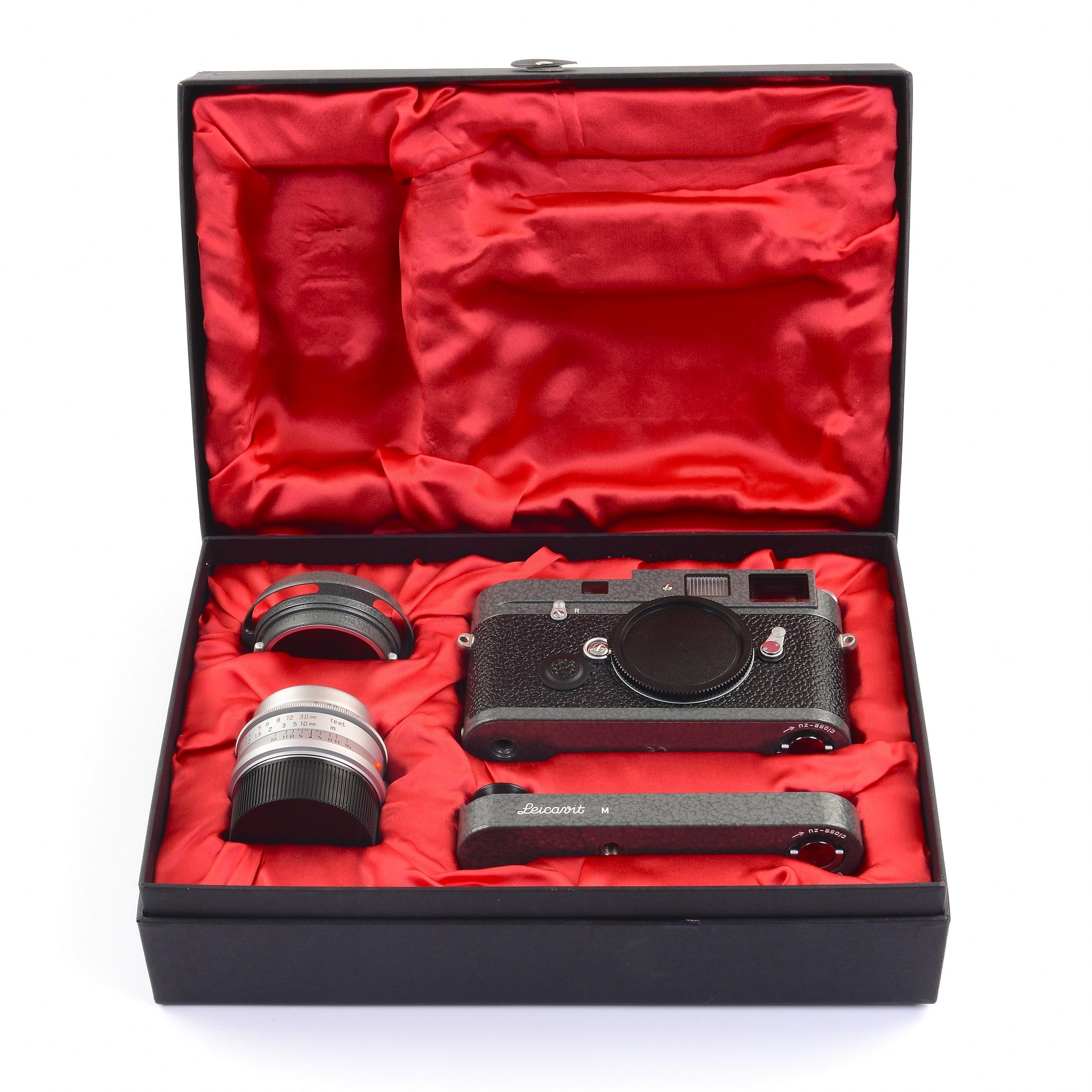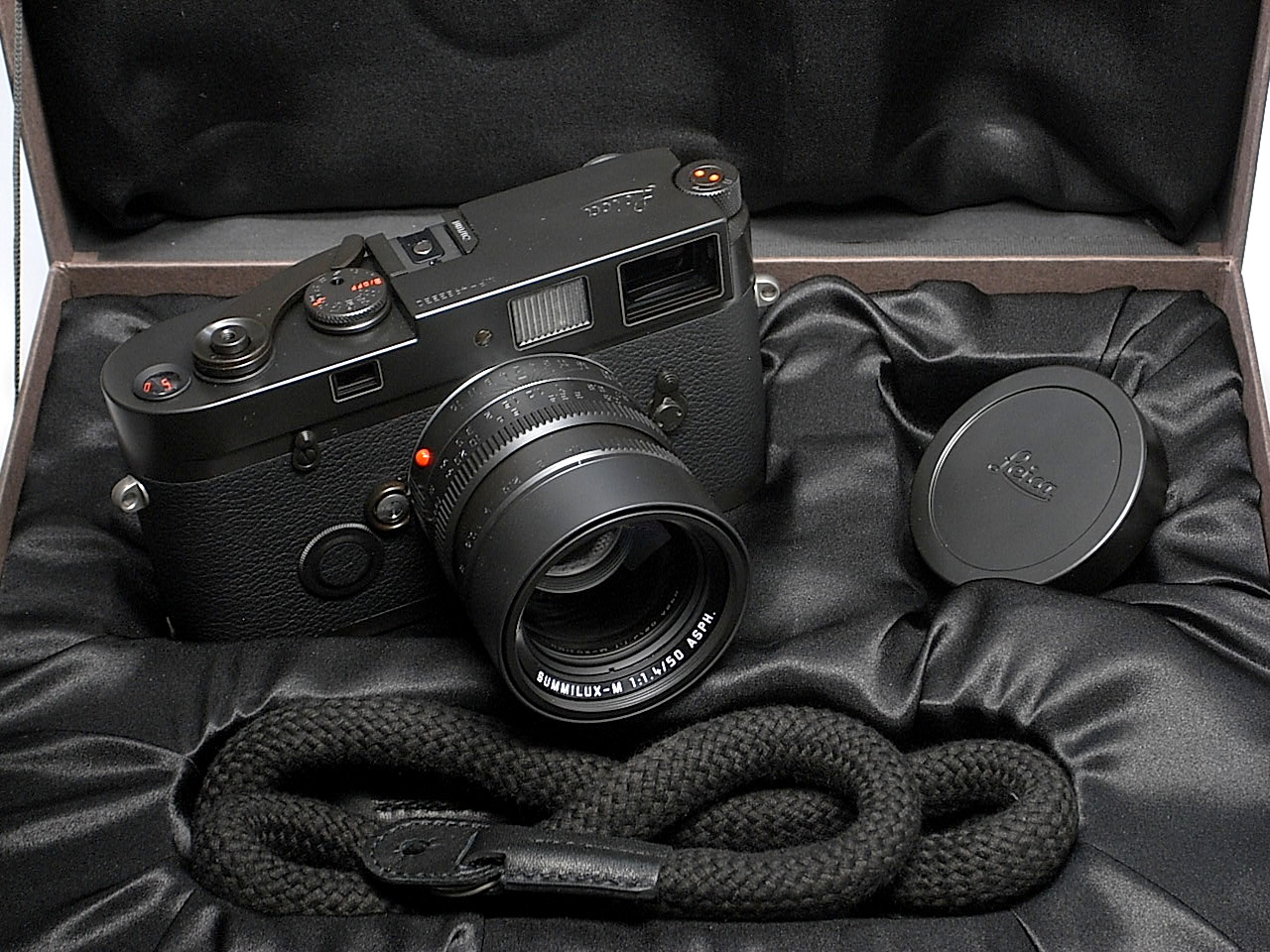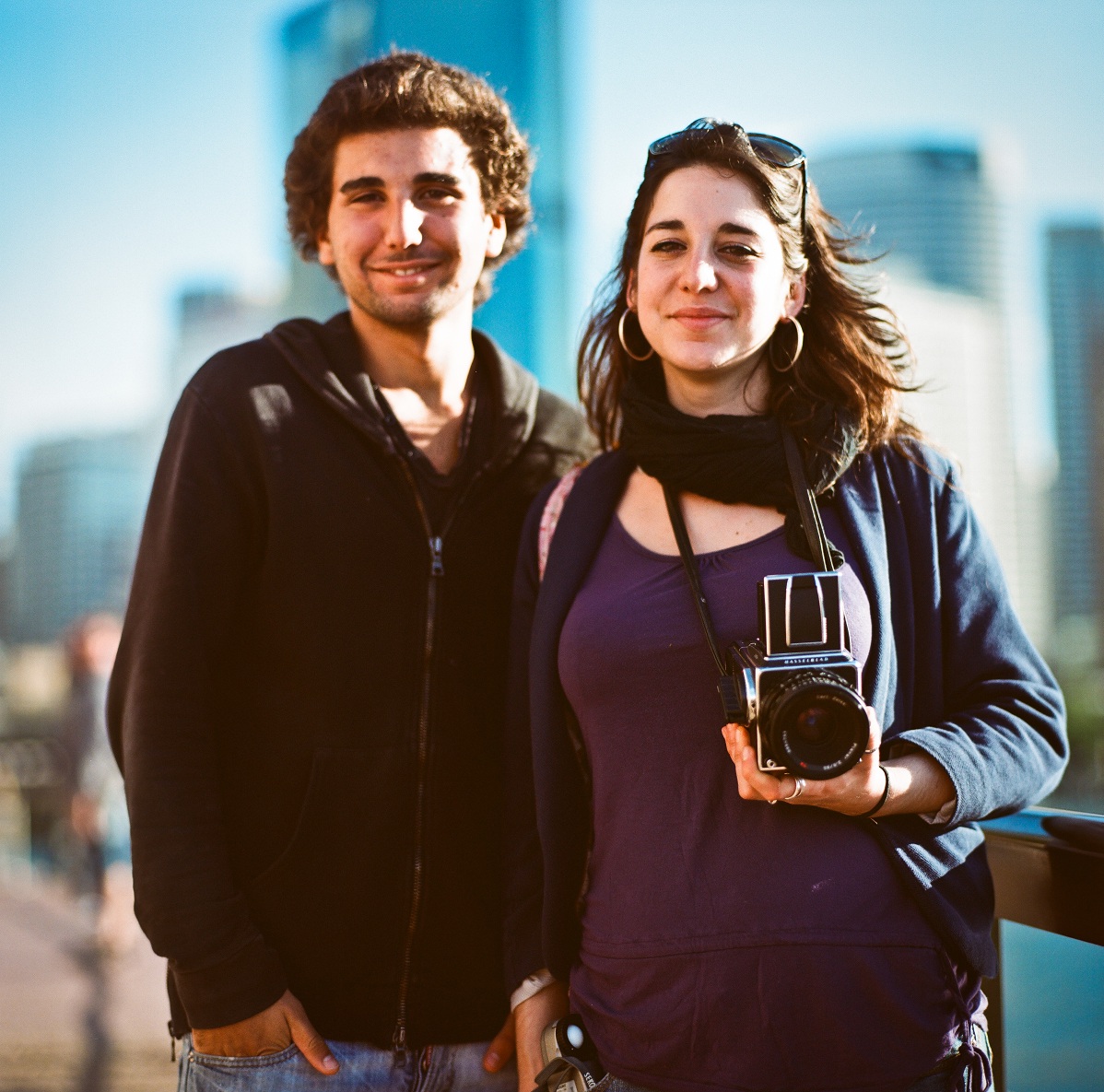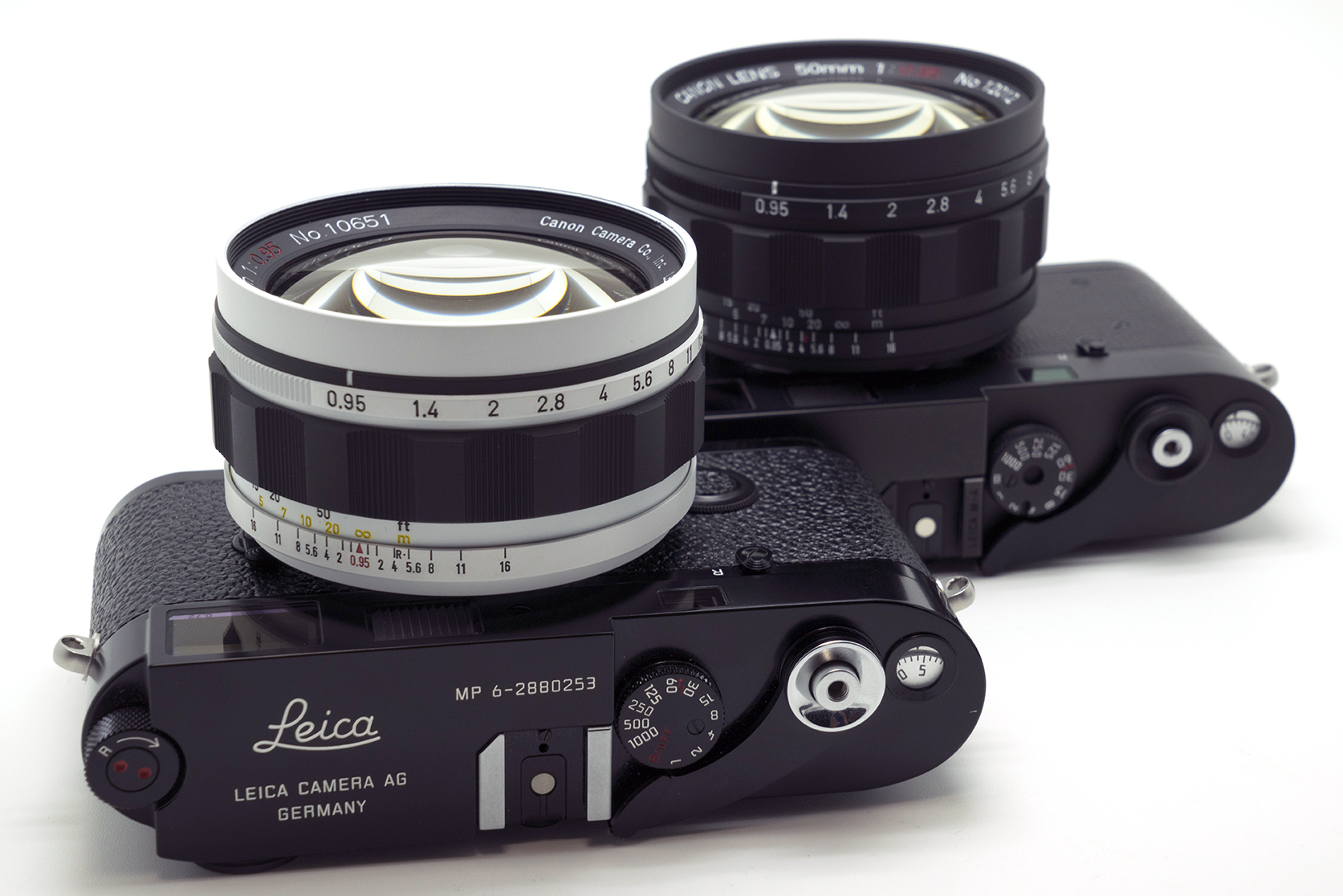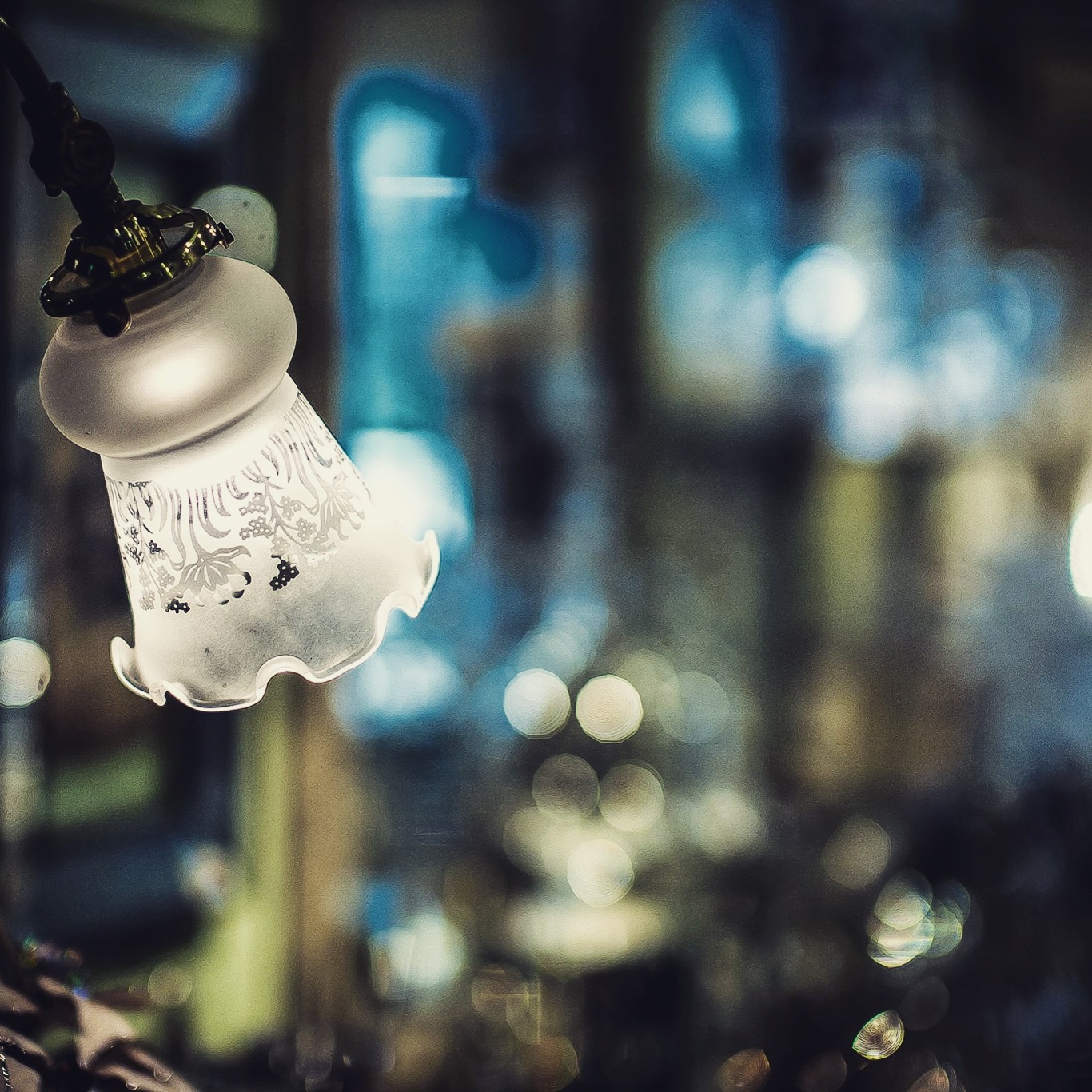This will be a summary review on the Leica 50mm F2.0 Summicron M lens as I have done extensive reviews on its bigger brothers, the Leica 50mm F1.4 Summilux M Lens and the Leica 50mm F0.95 Noctilux M Lens.
I have only had the 50mm Summicron for a short period before decided to upgrade to the faster 50mm Summilux lens. However, if you are on a budget and do not require very fast aperture to shoot wide open all the time, then the Leica 50mm F2.0 Summicron M lens will be sufficient 95% at all times.
Build Quality
The Leica 50mm F2.0 Summicron Lens has standard Leica build quality but not as well made or solid as the more expensive Summilux or Noctilux lenses.
The built in sliding hood is similar style to the 50mm Summilux lens but smaller and shorter in dimensions, which makes it more practical and convenient
Image Quality
The Leica 50mm F2.0 Summicron lens is the sharpest lens out all Leica’s current lineup only inferior to the newer Leica 50mm F2 Summicron APO lens. It is arguably sharper than the faster Summilux lens with similar clinical sharpness. However, the rendering of the Summicron is more towards the classic side compared to the more modern rendering of the Summilux lens. The 50mm Summicron produces classic colours combined with lower contrast defines the character of this lens.
Practical Use
The Leica 50mm F2.0 Summicron lens is probably the easiest and most convenient Leica 50mm lens to carry around for all purposes. It is relatively small and light weight lens with a fast enough maximum aperture at F2 also with great ergonomics in practical use. Overall, it is probably the best all-round 50mm lens for Leica M Rangefinders.
Specifications
Production Year: 1979 - Present
Construction: 6 Elements / 4 Groups
Diaphragm: 8 Blades
Maximum / Minimum Aperture: F2.0 - F16
Closet Focusing Distance: 0.7m
Filter Size: 39mm
Weight: 240g (Black) | 335g (Chrome)
Conclusion
The Leica 50mm F2 Summicron is a versatile all-purpose lens, which offers a relatively fast maximum aperture of F2 to benefit working in lower-light conditions with great control over depth of field.

